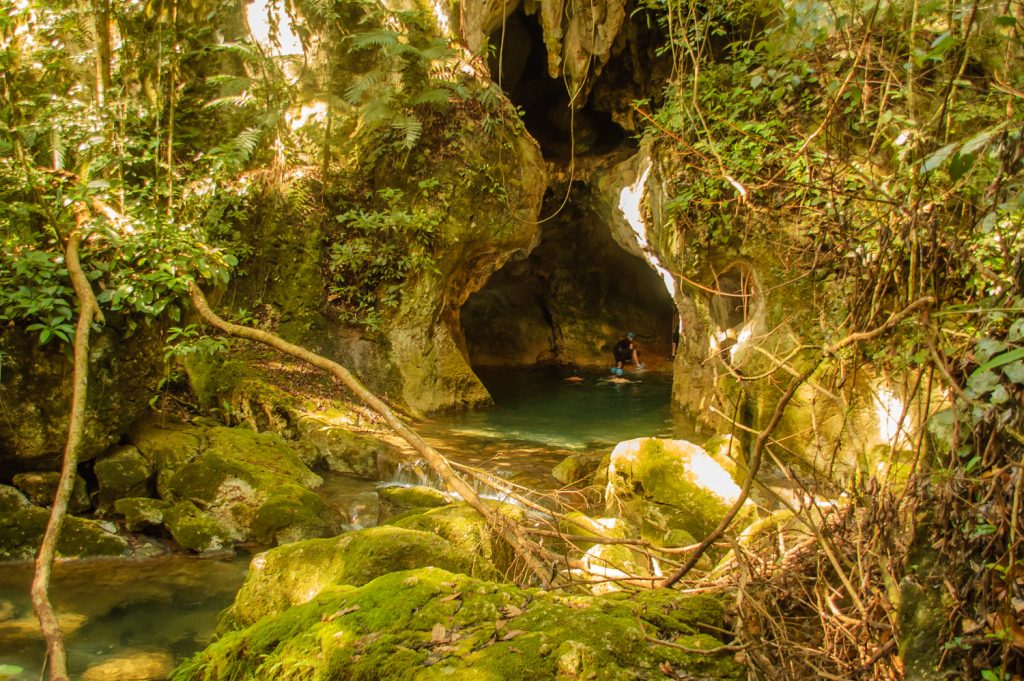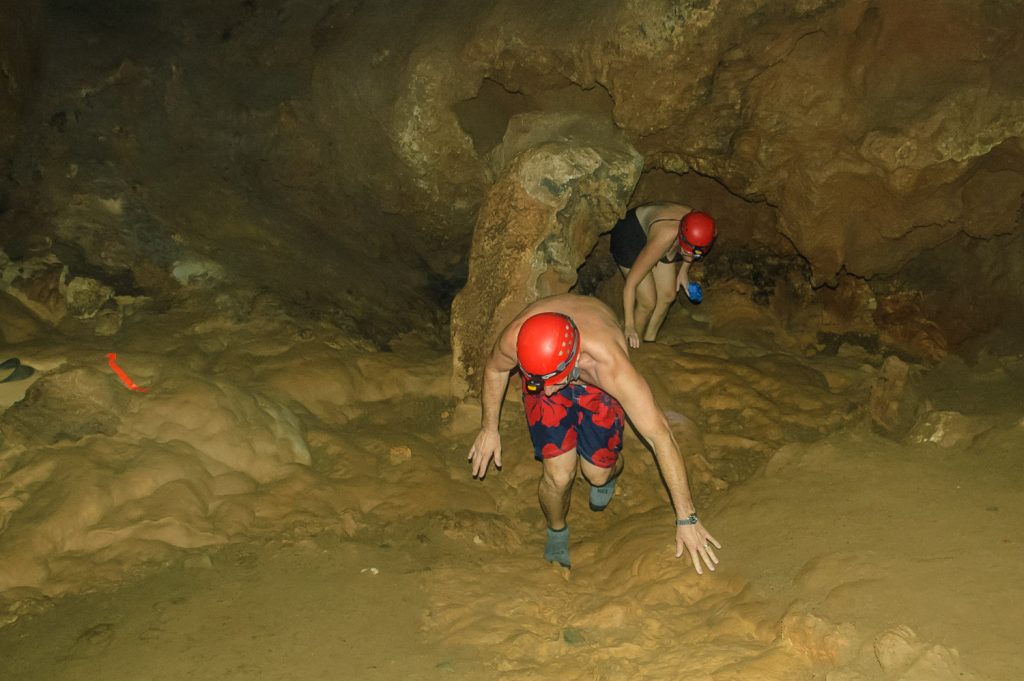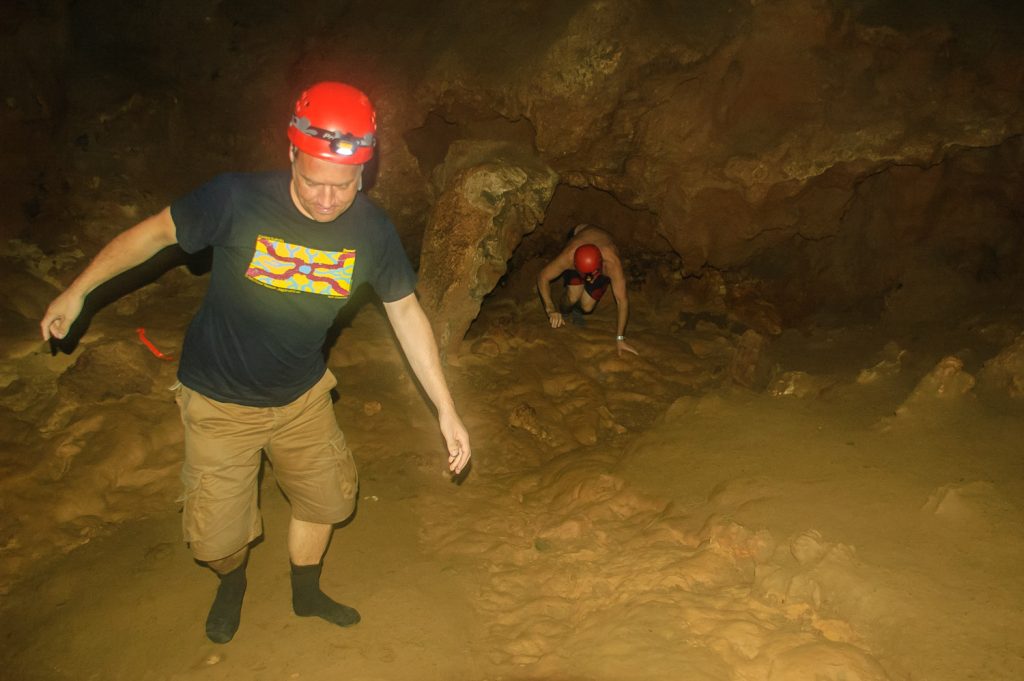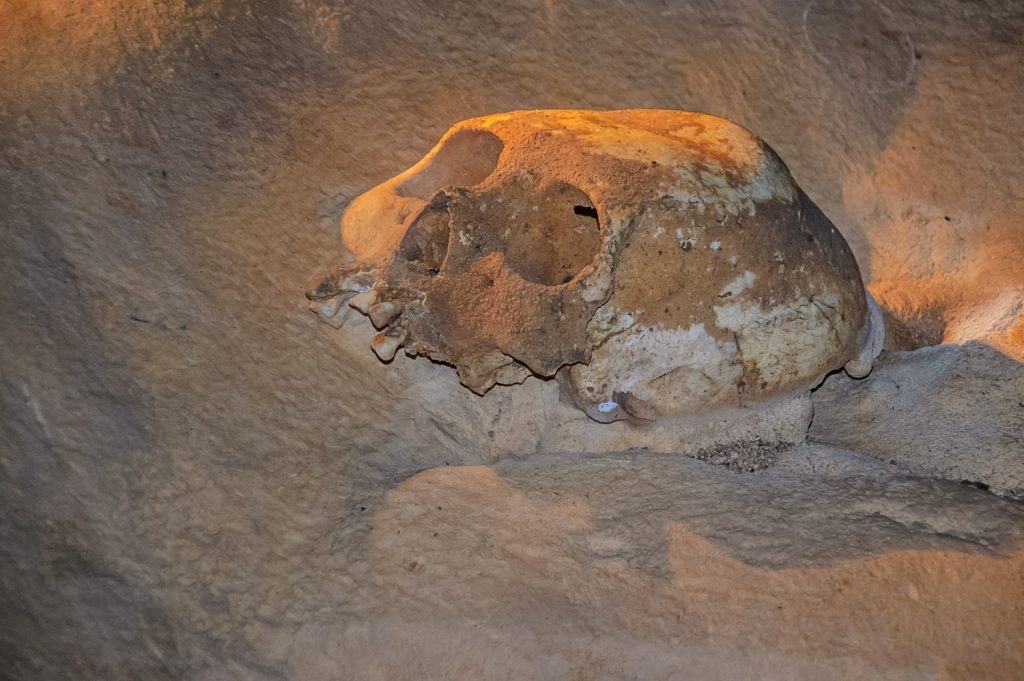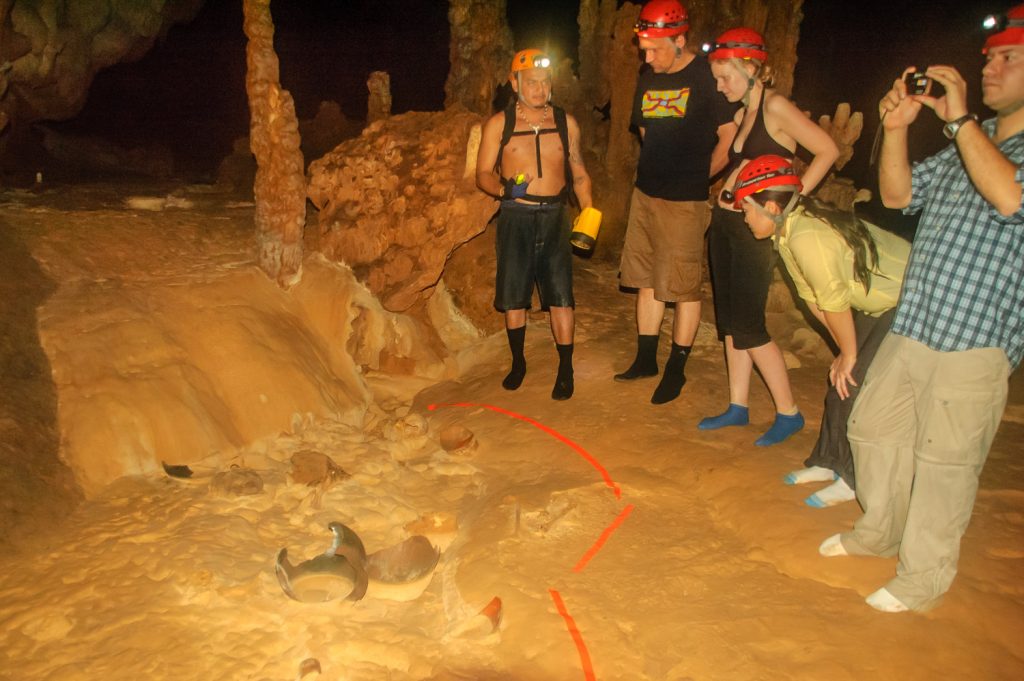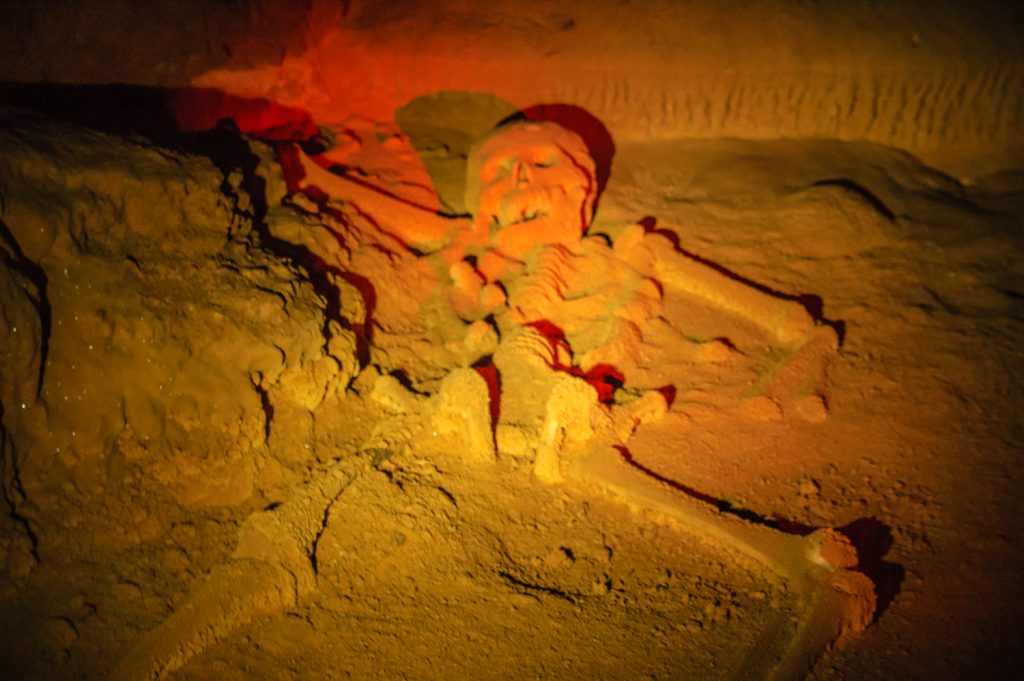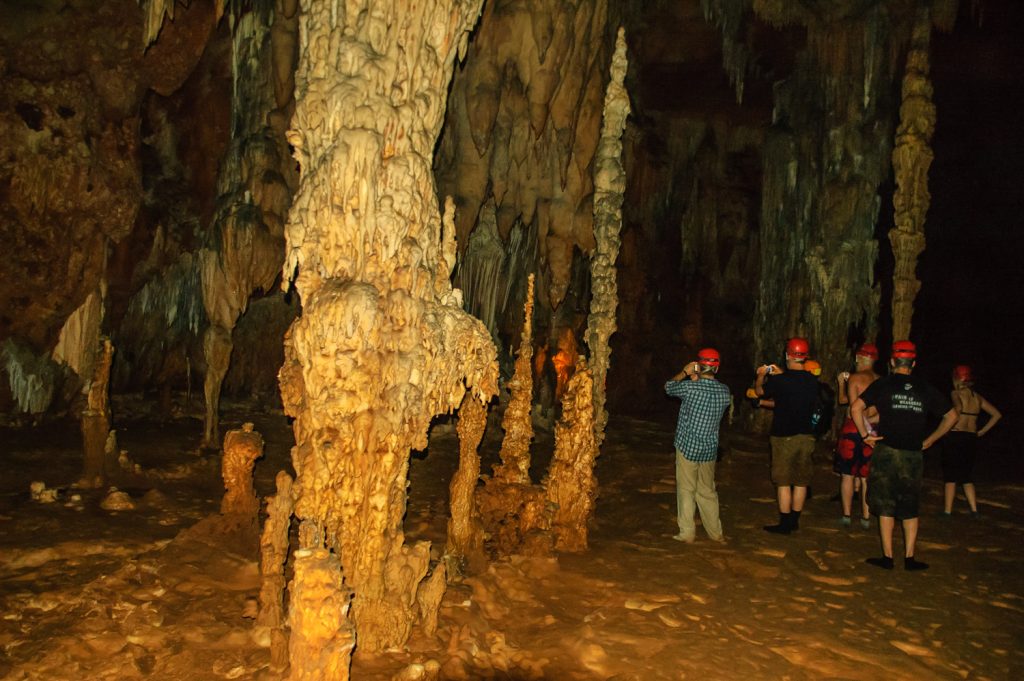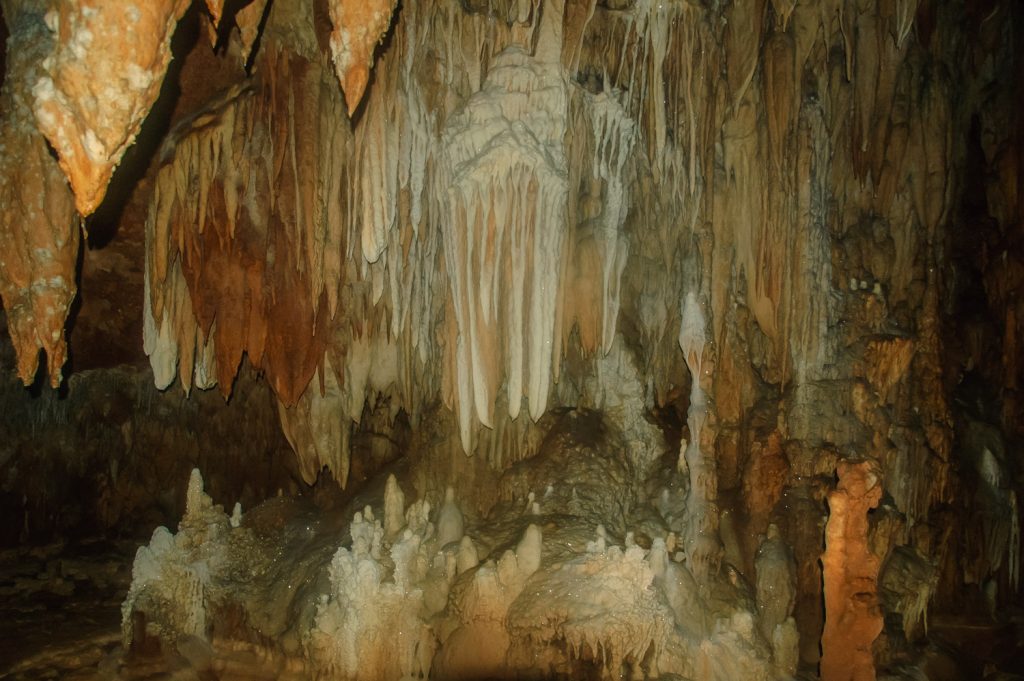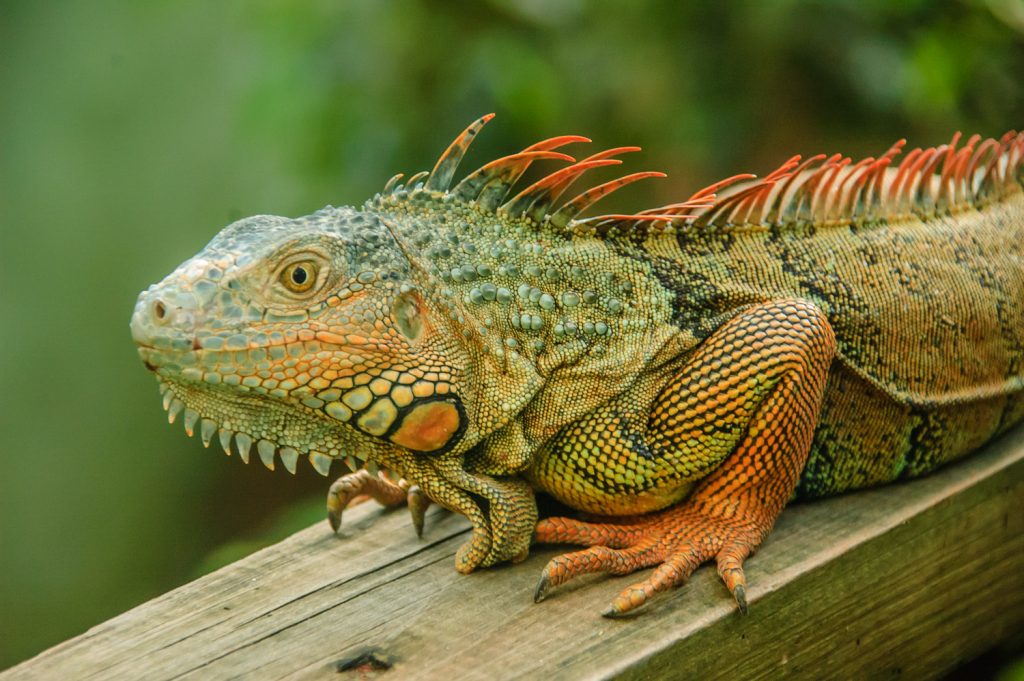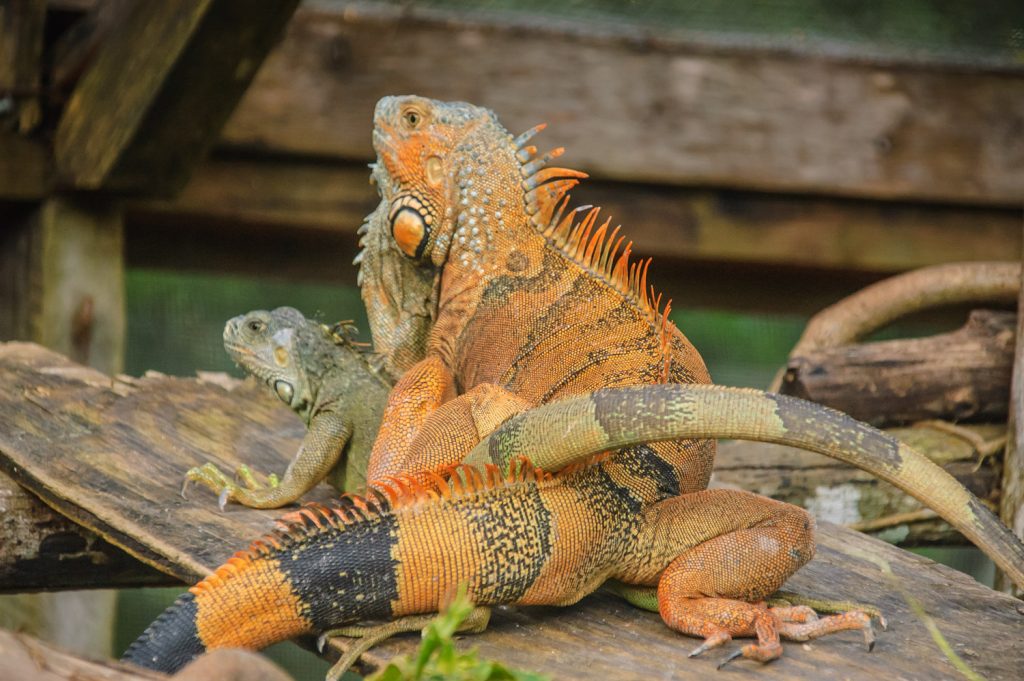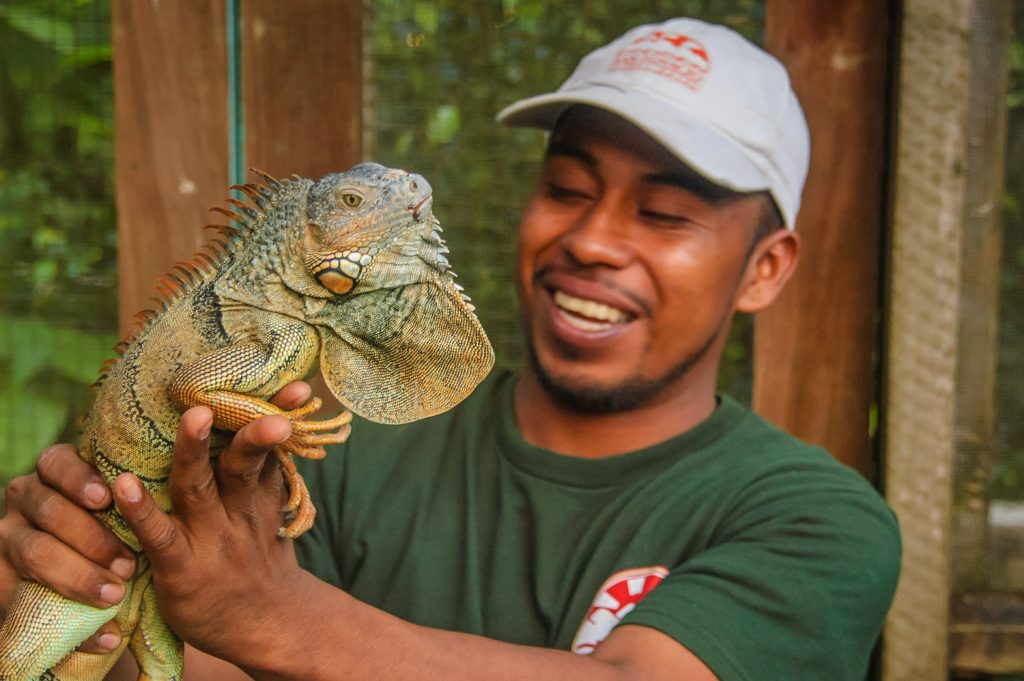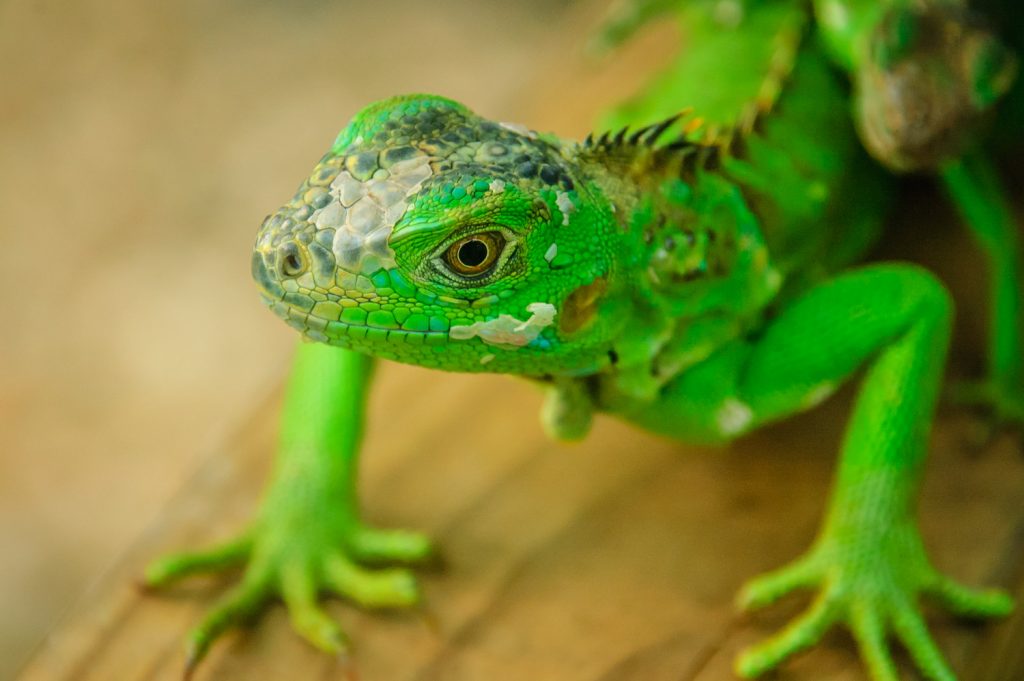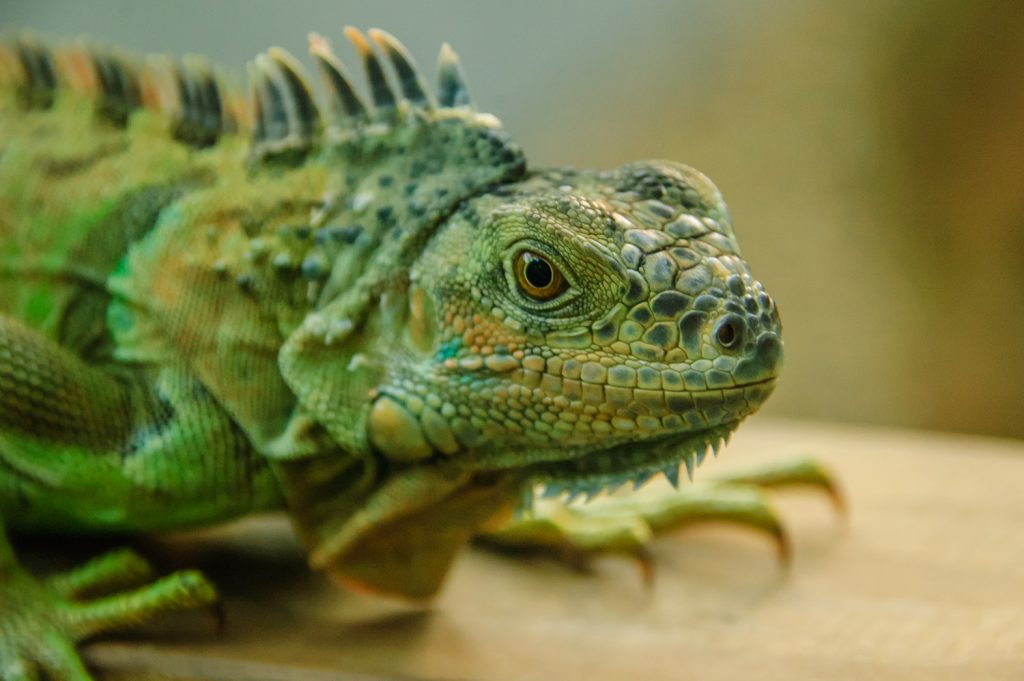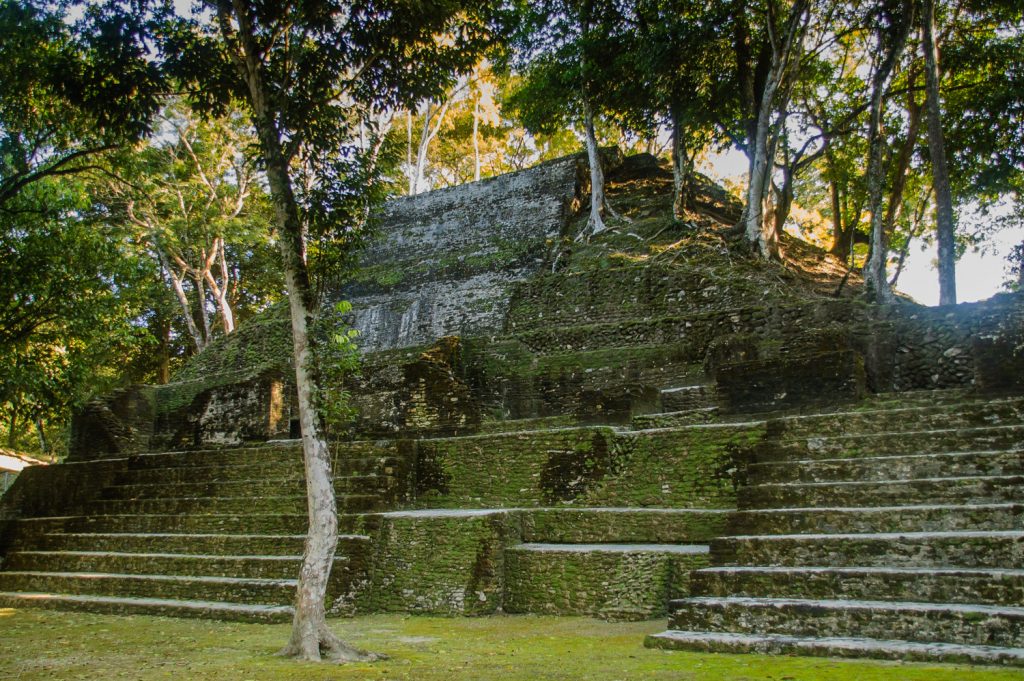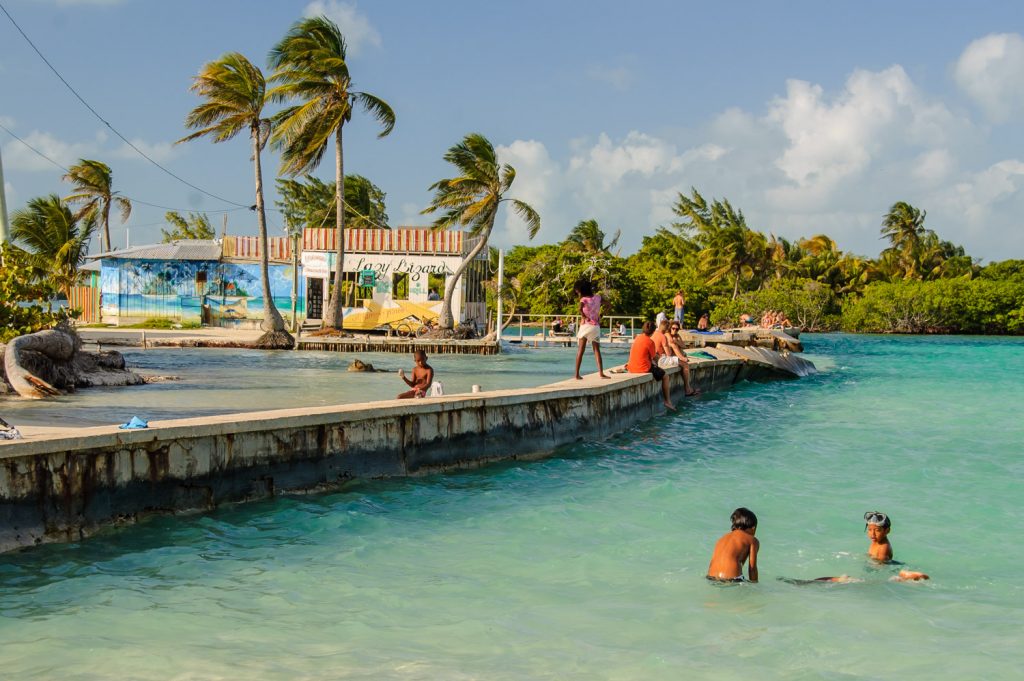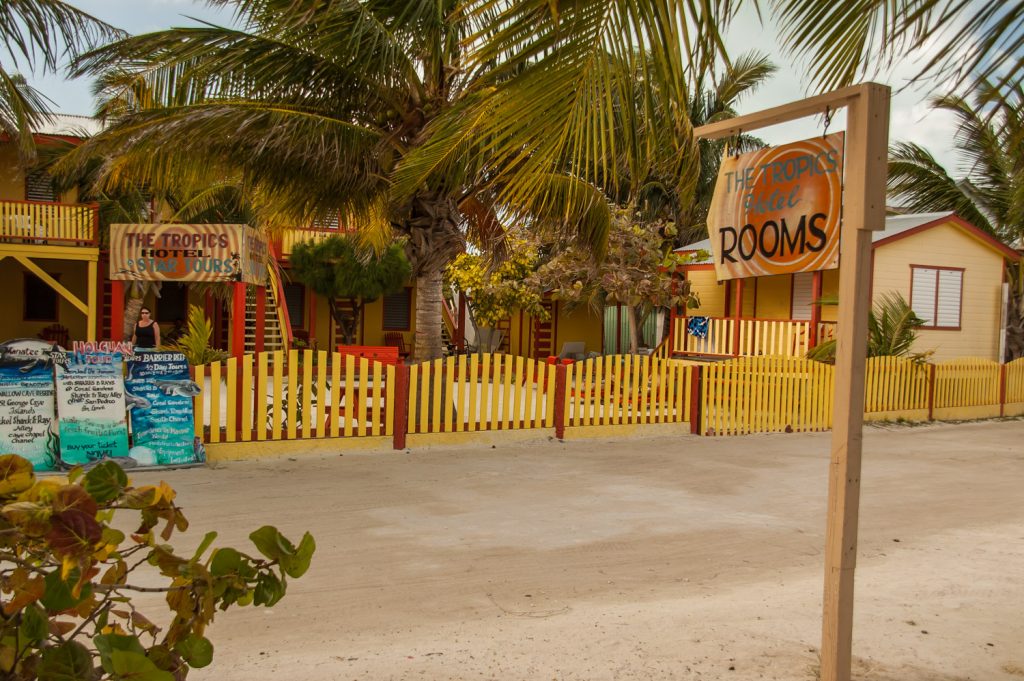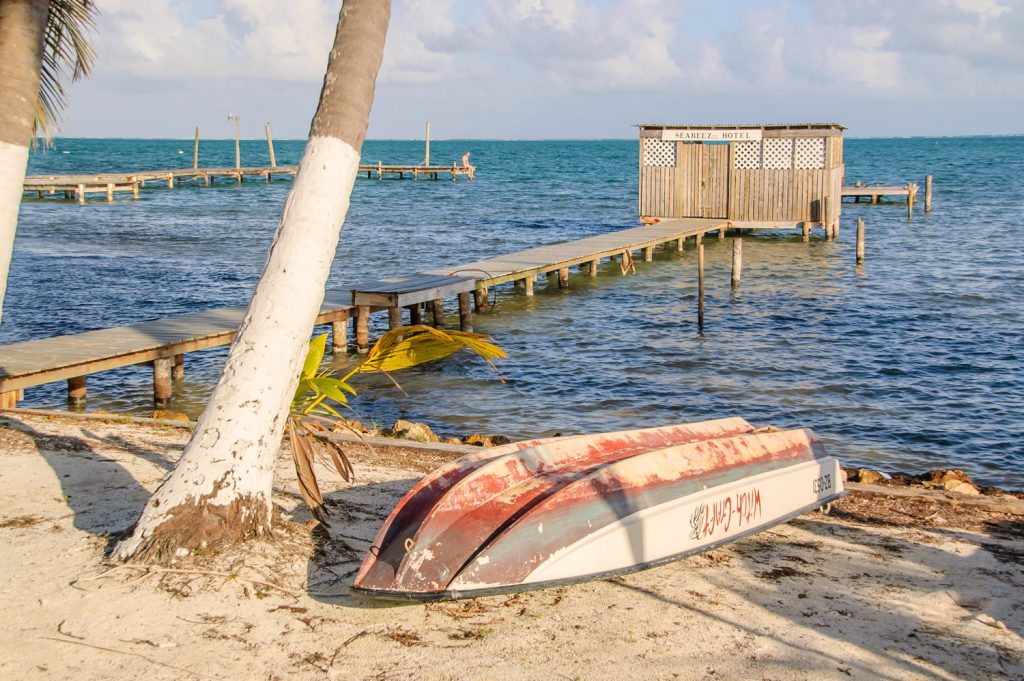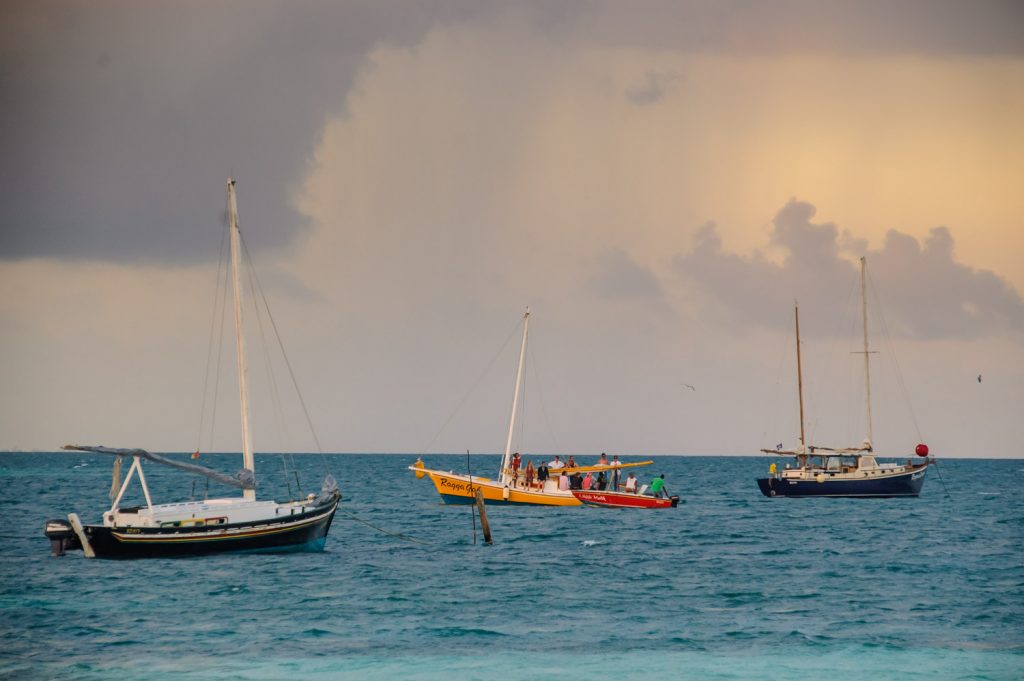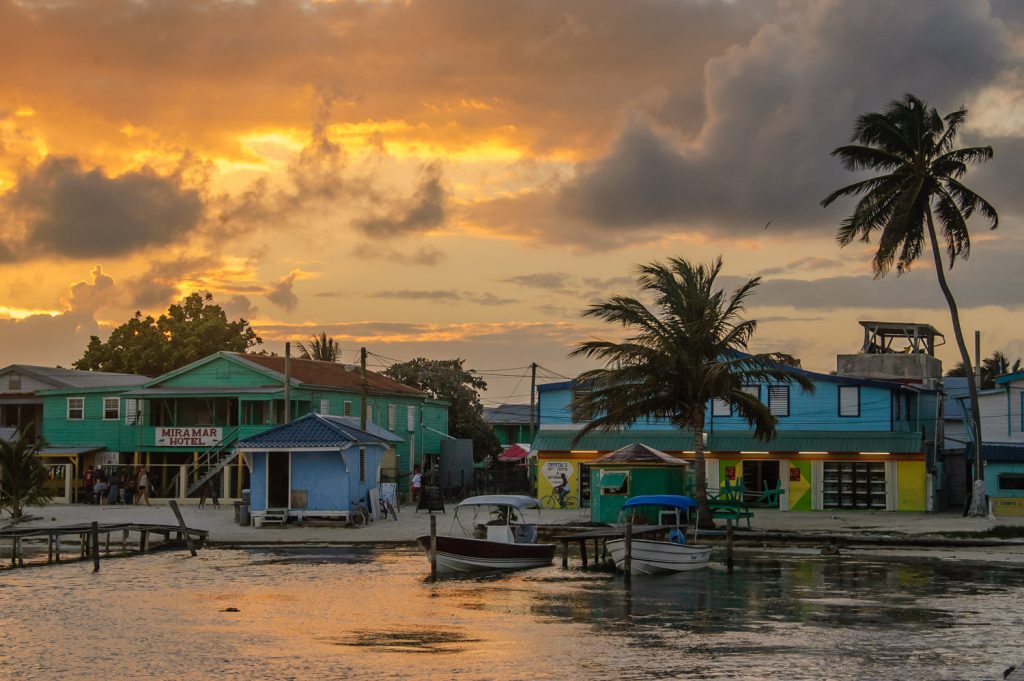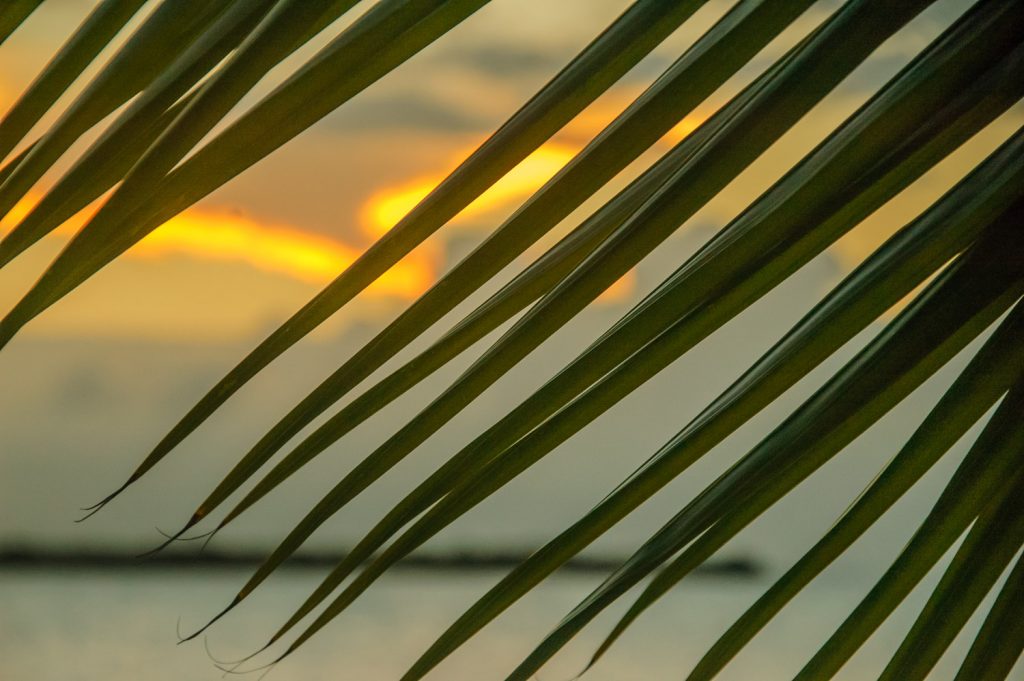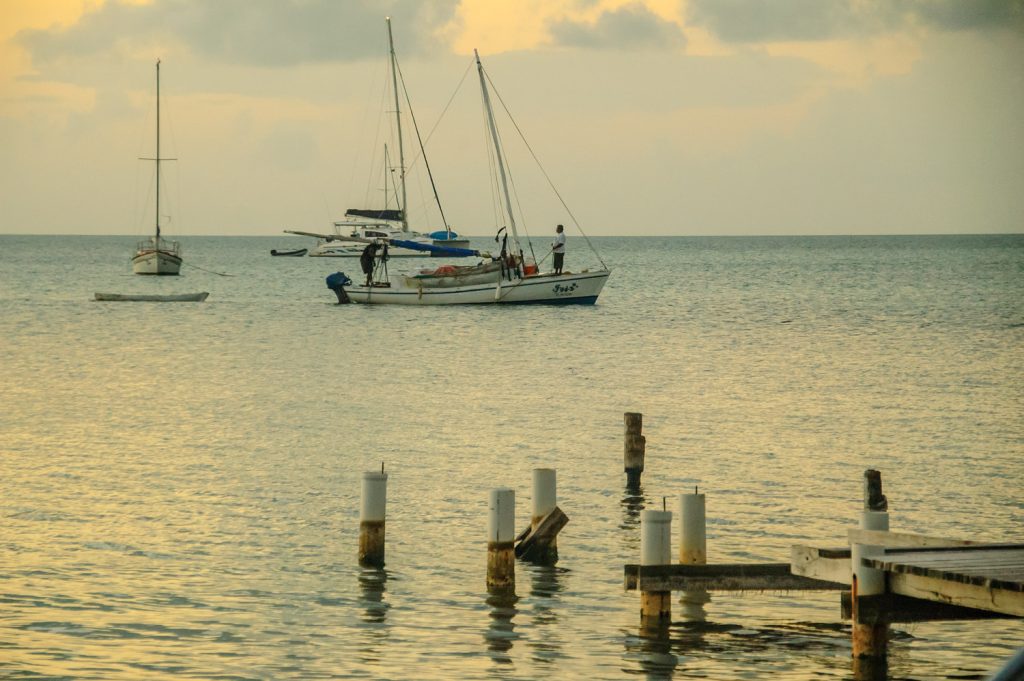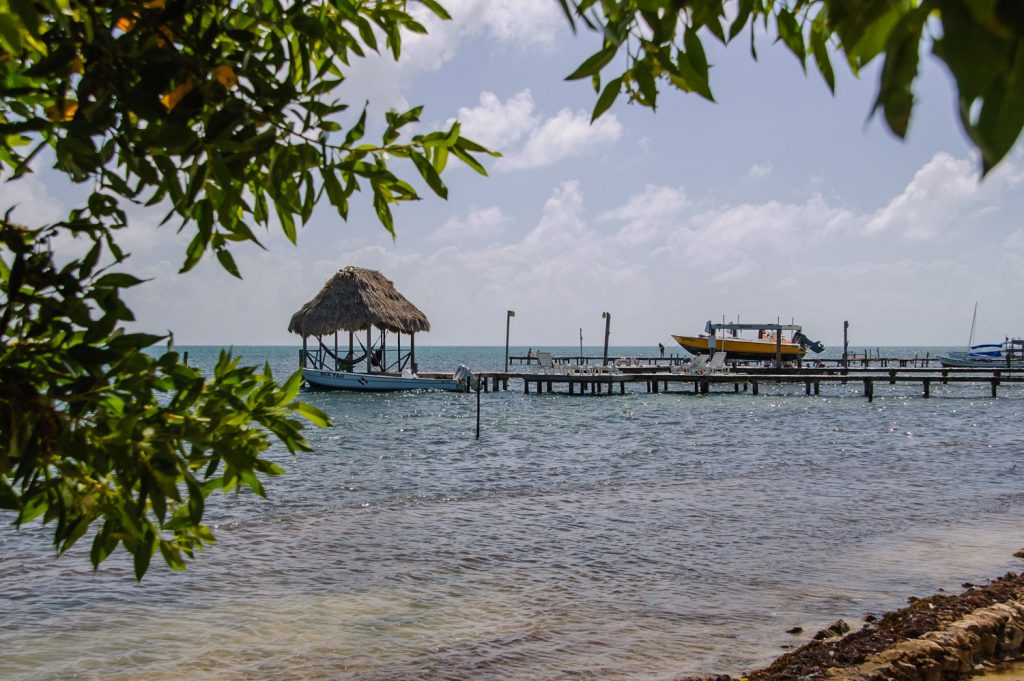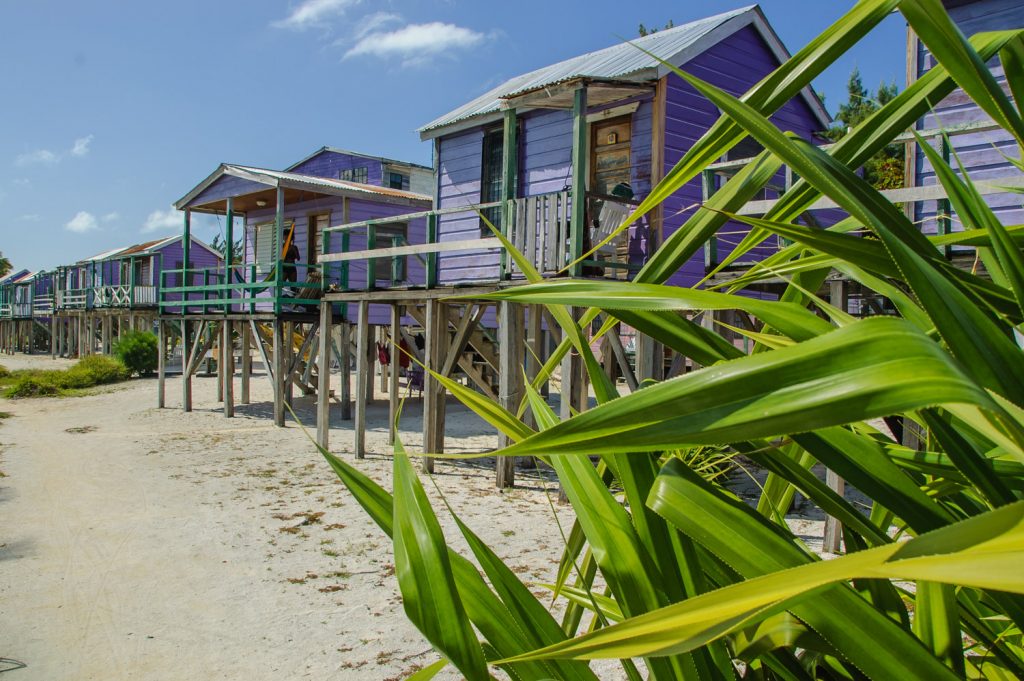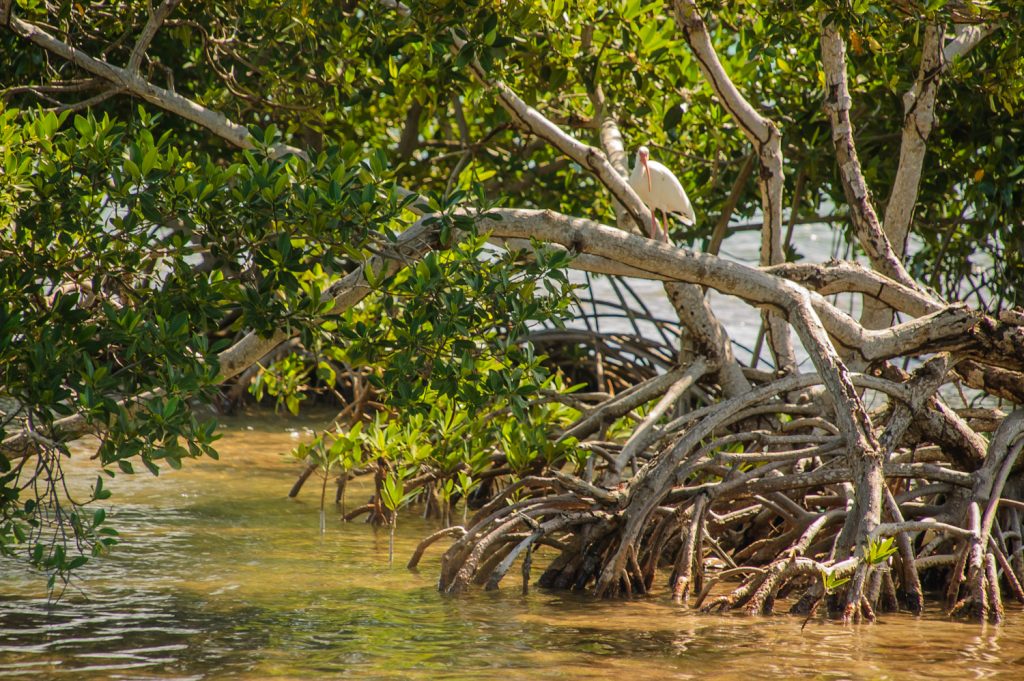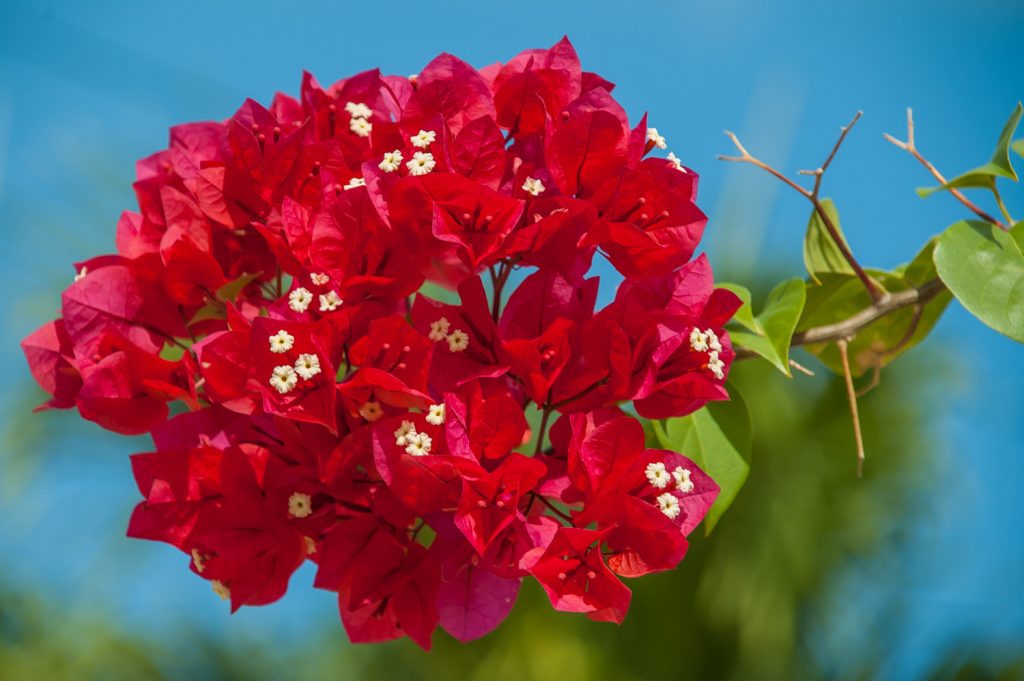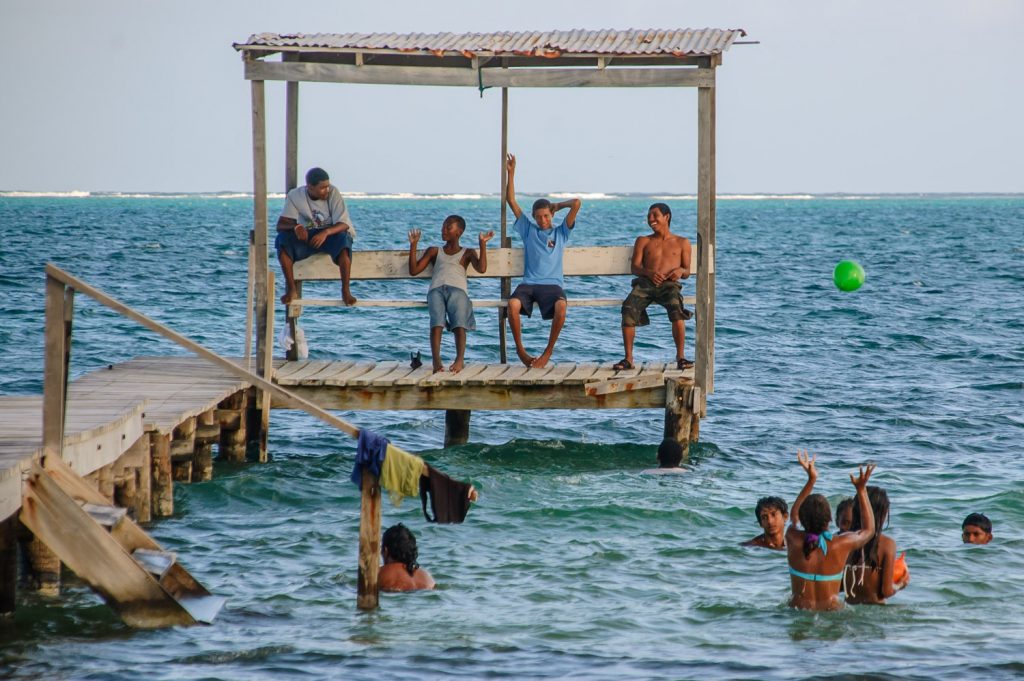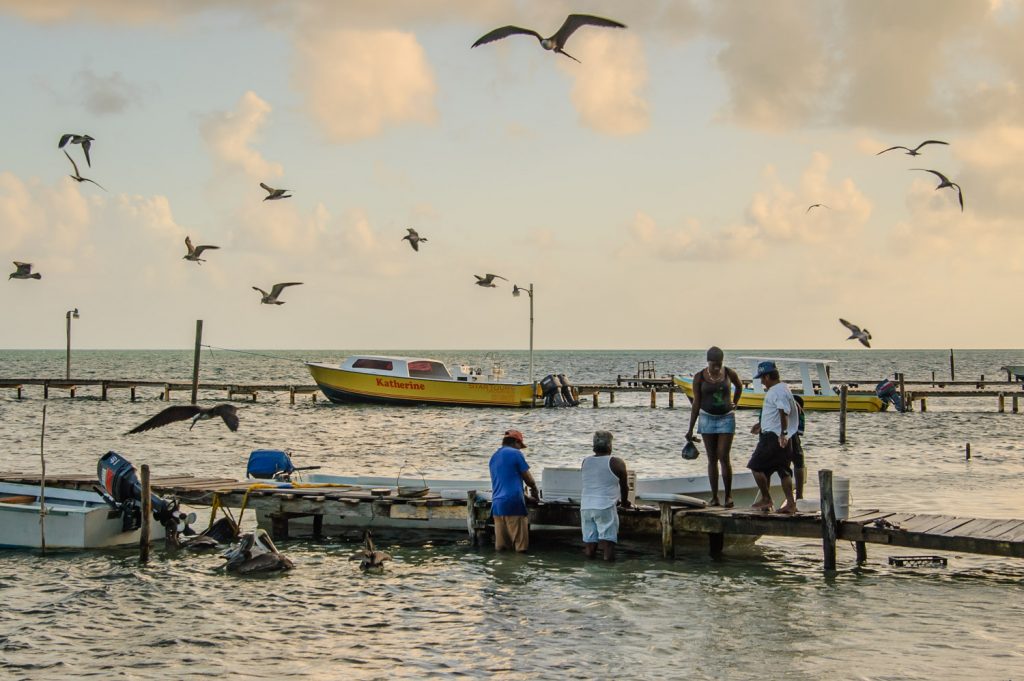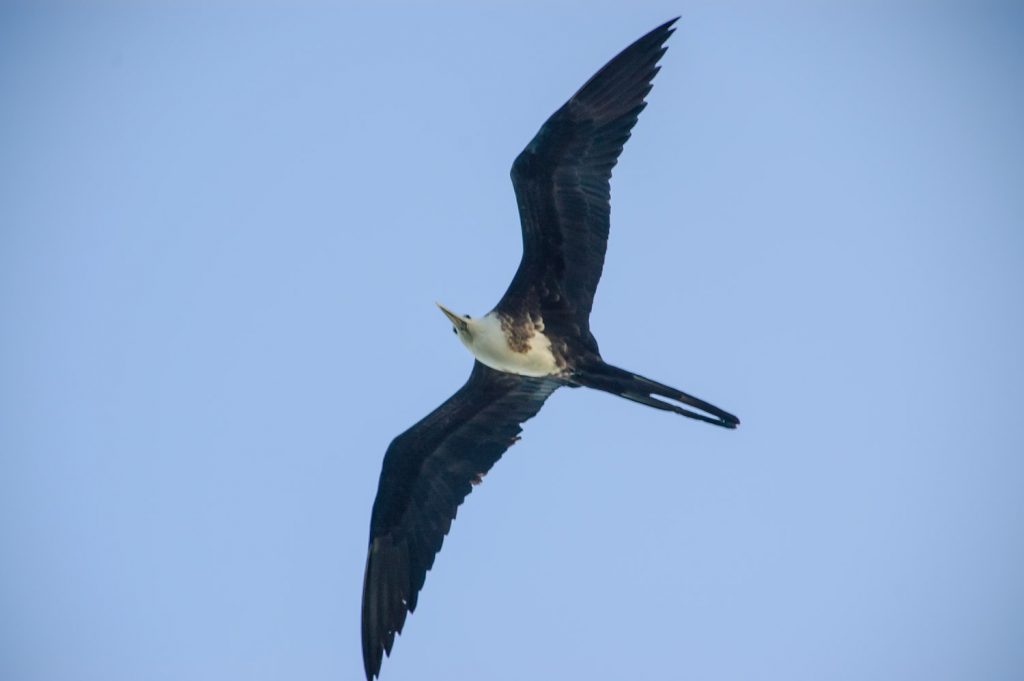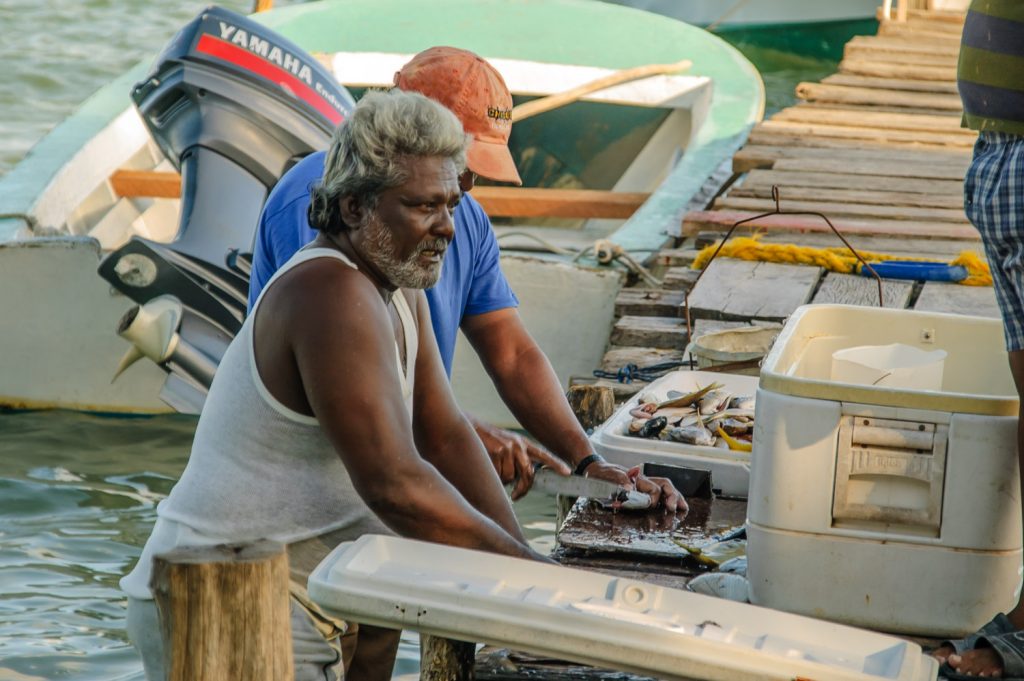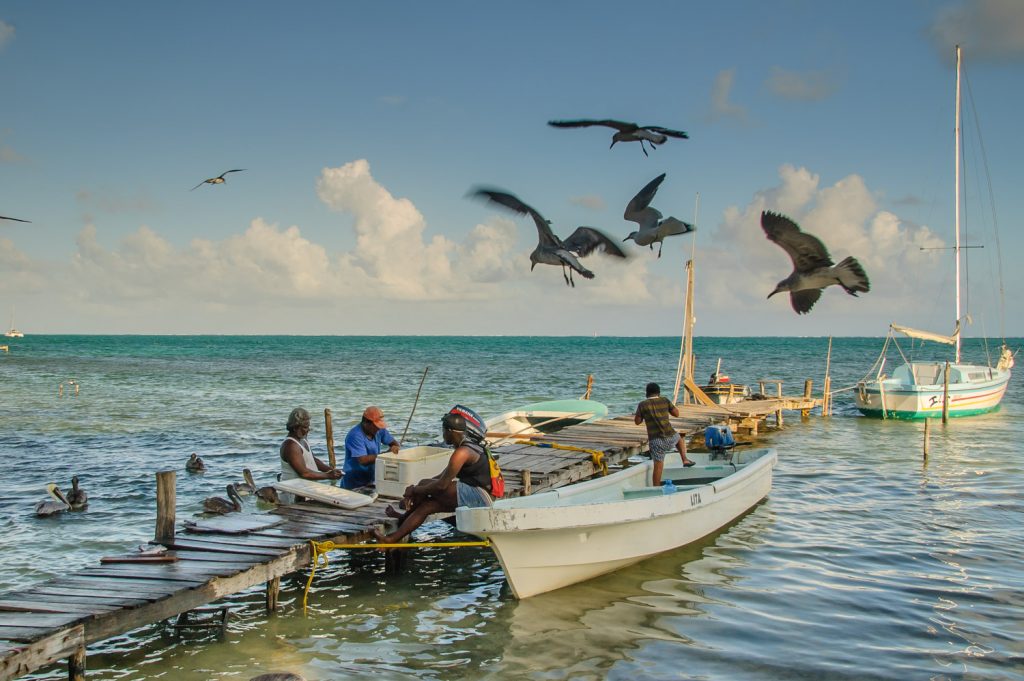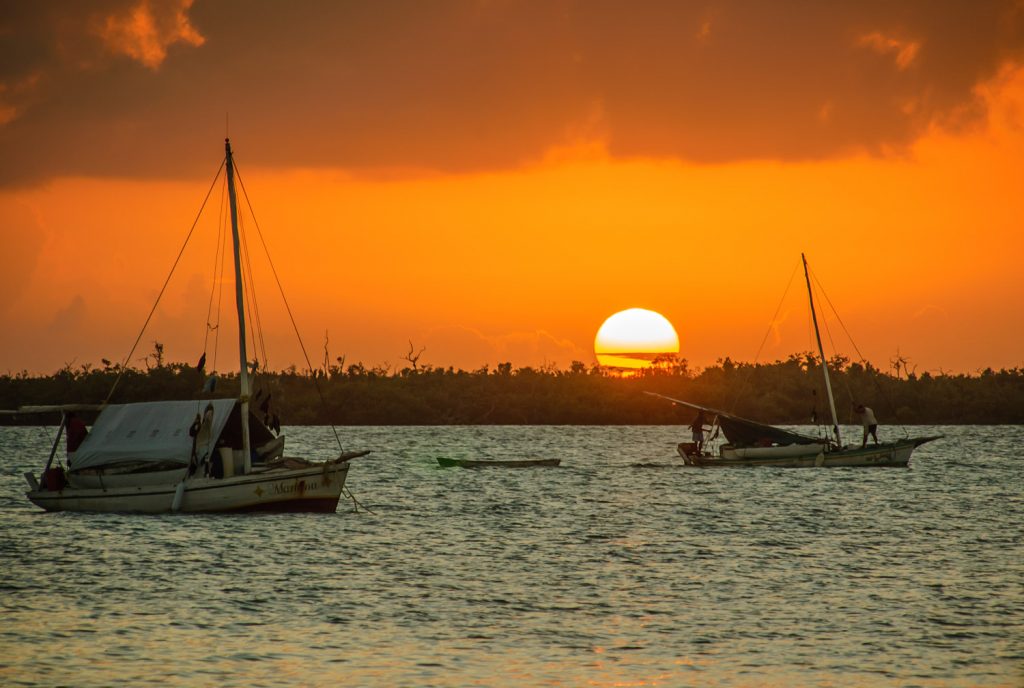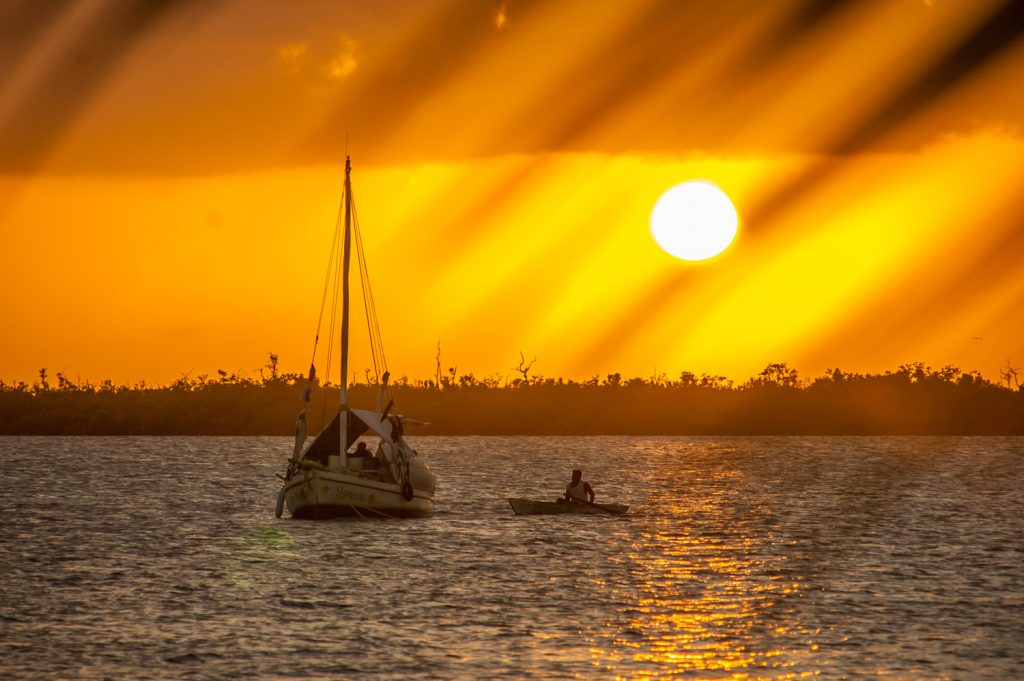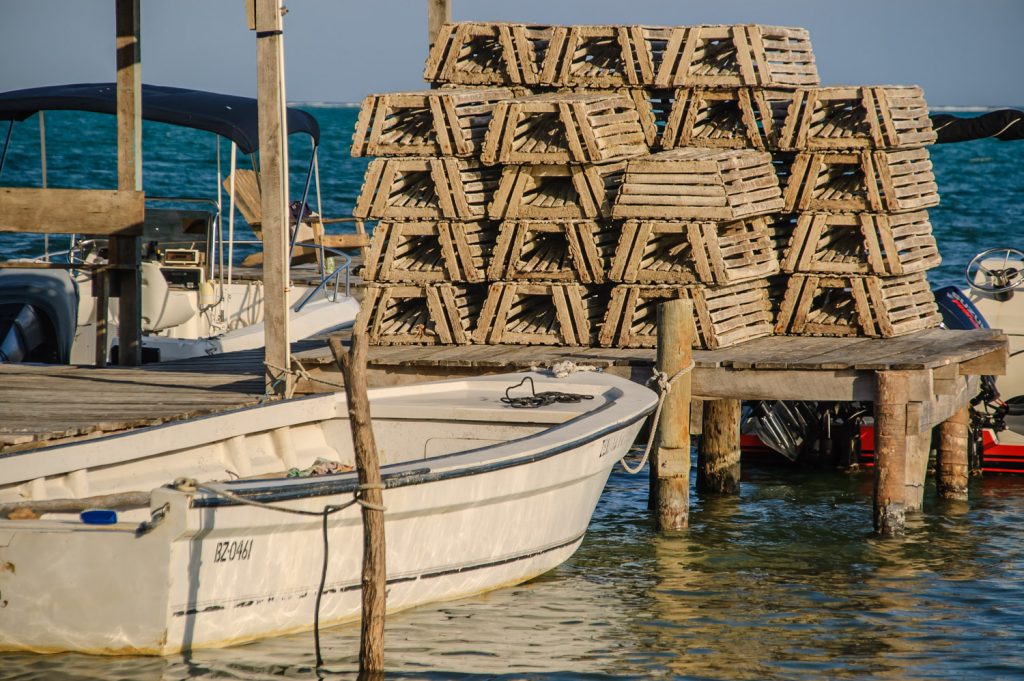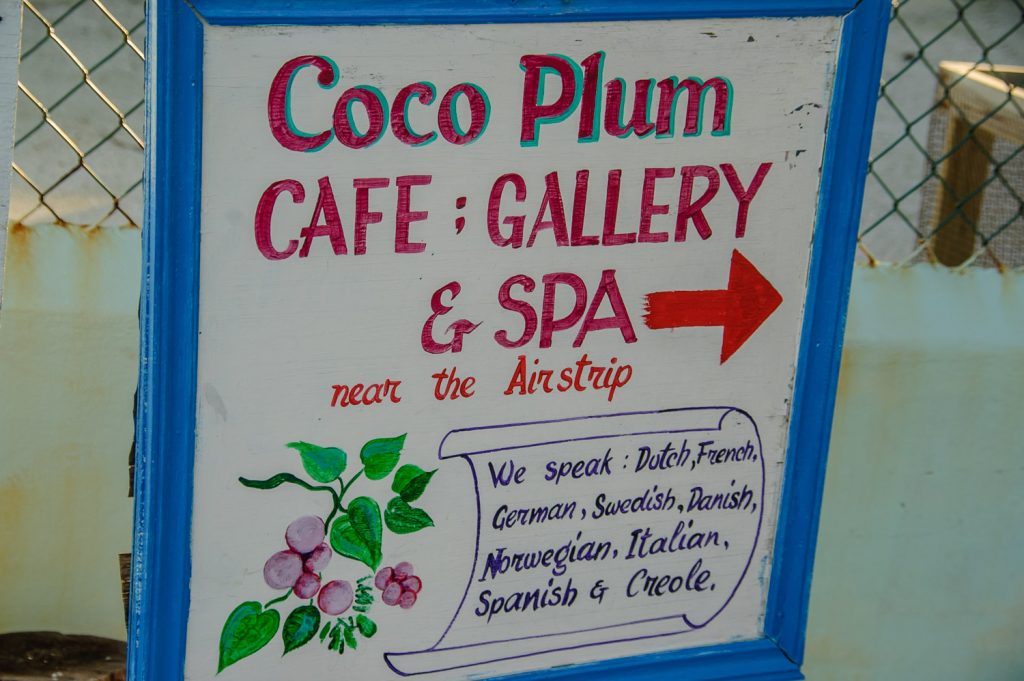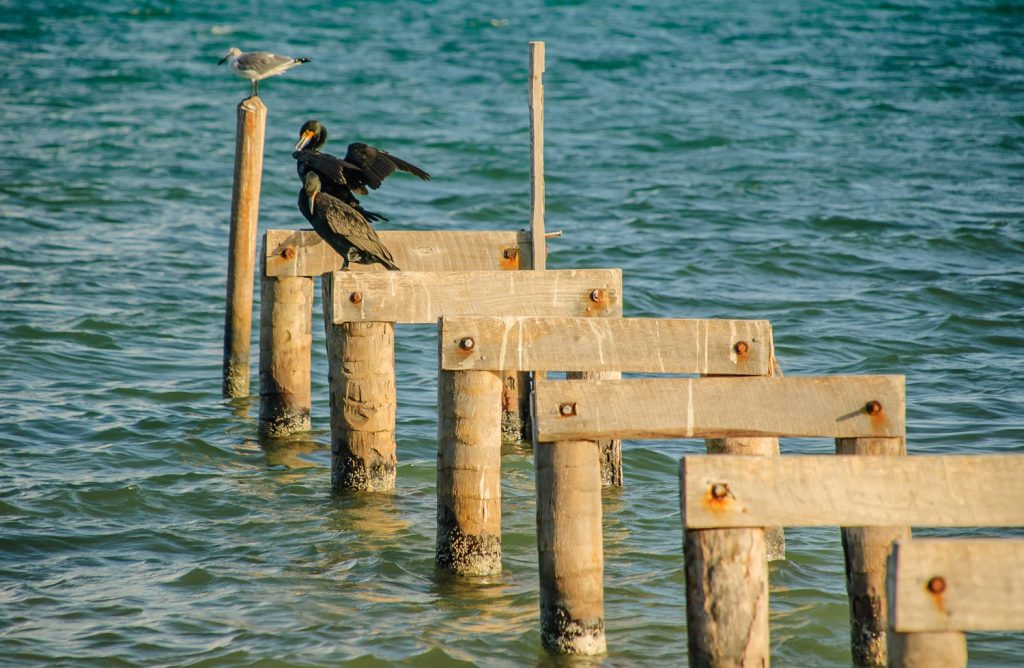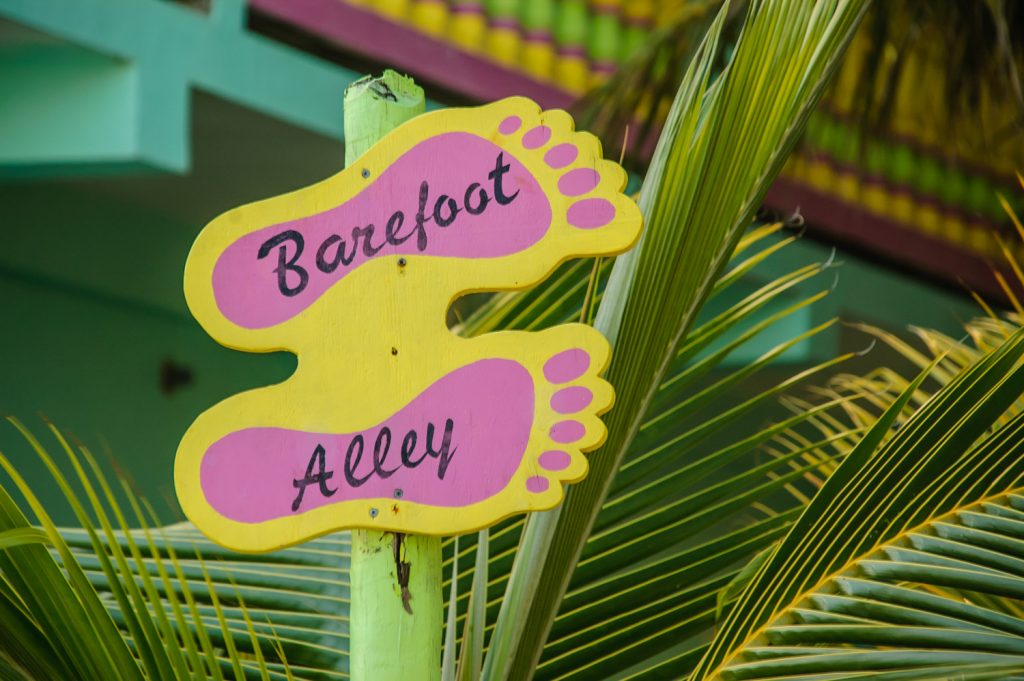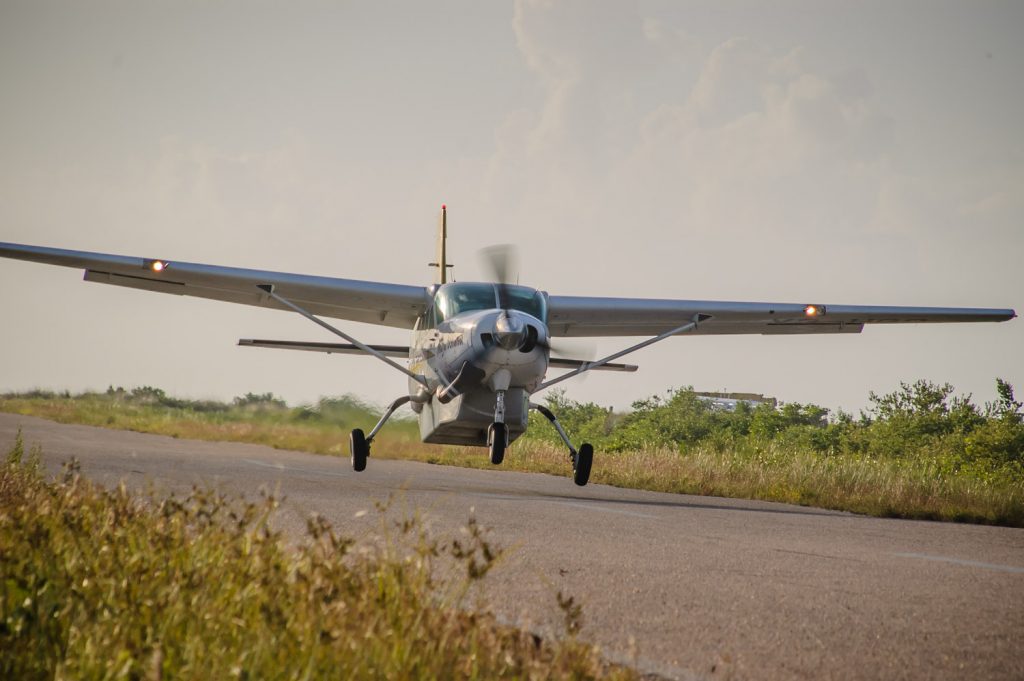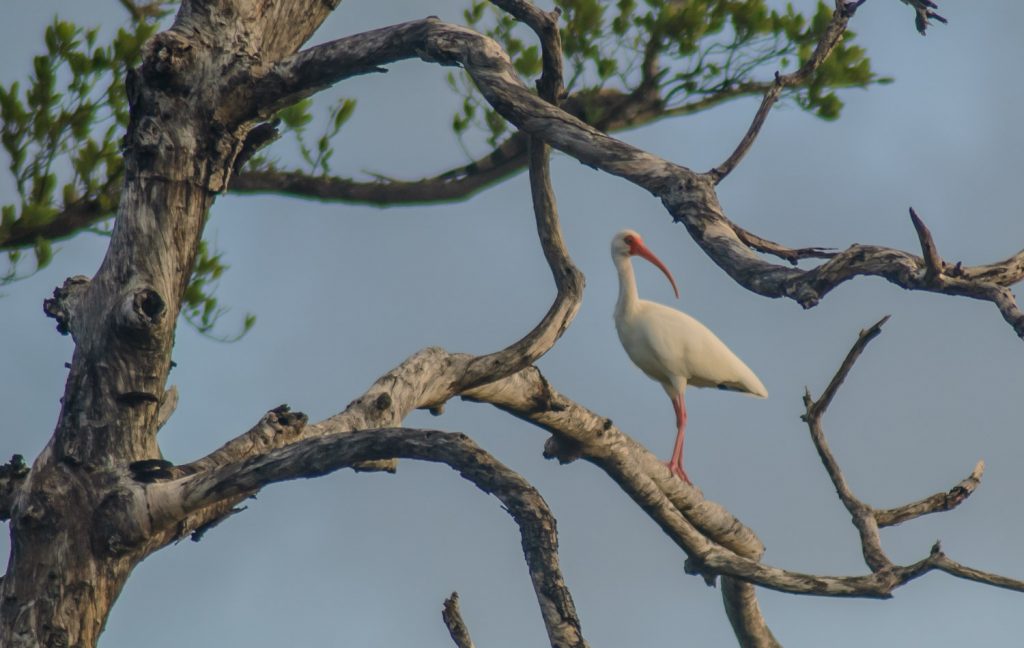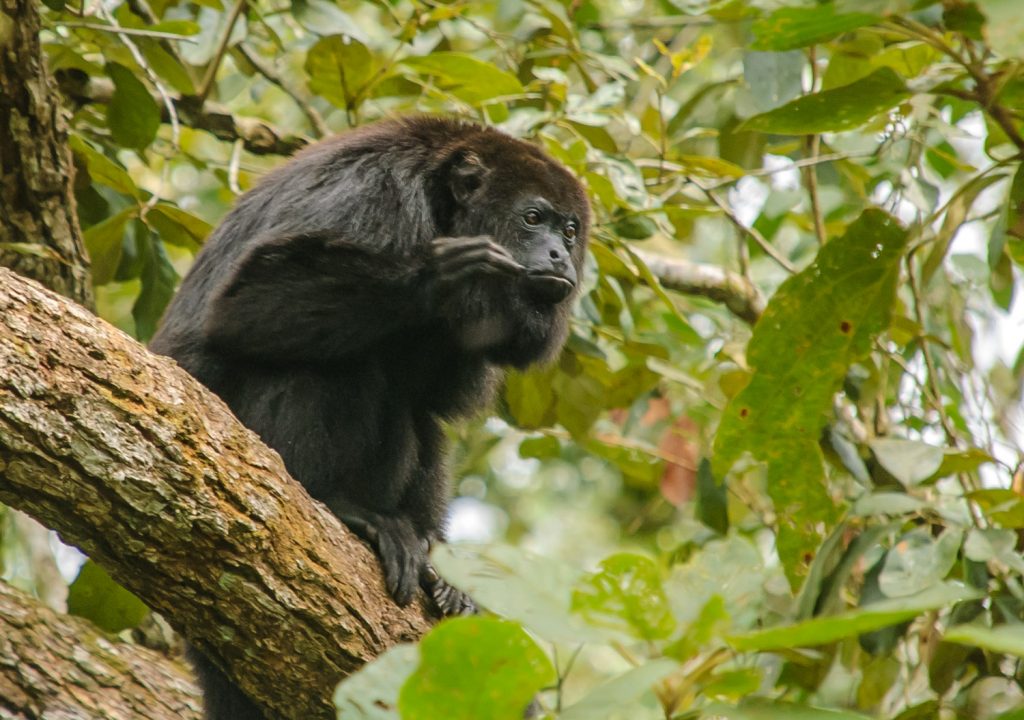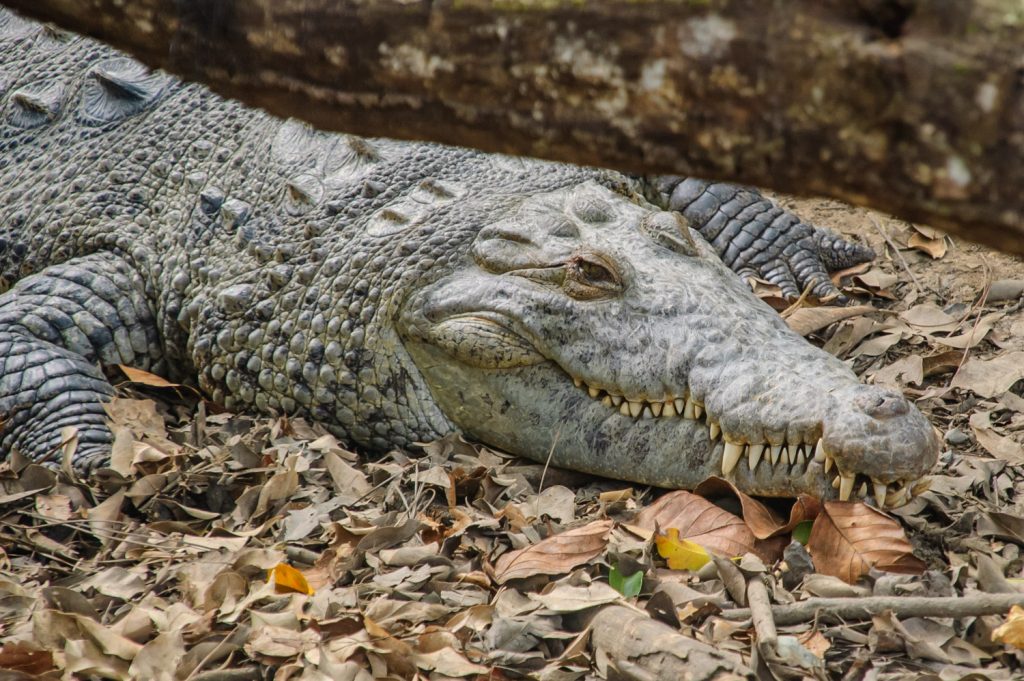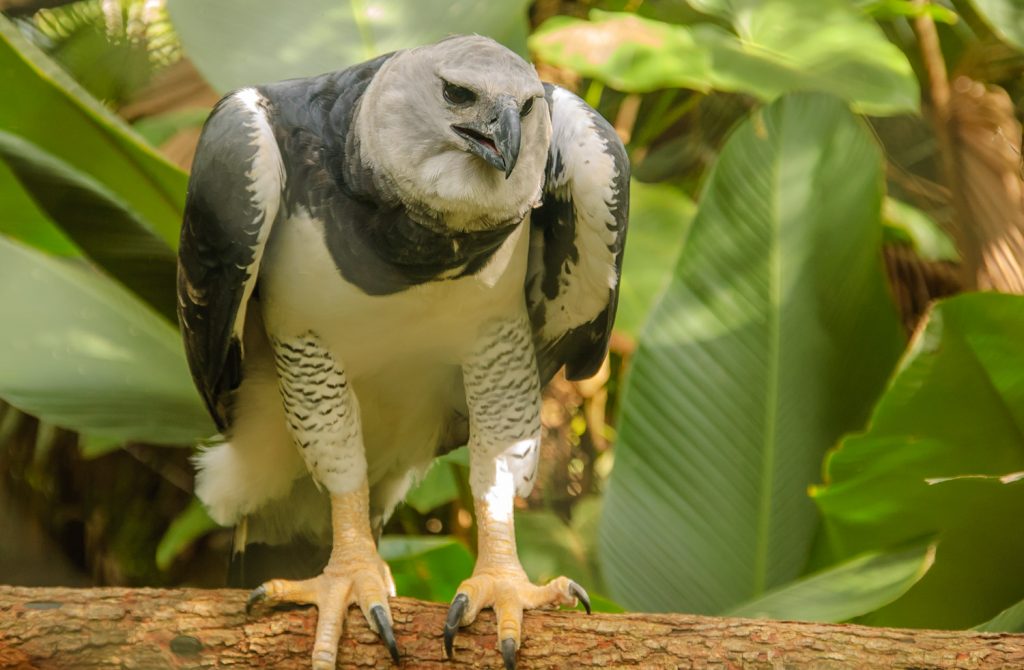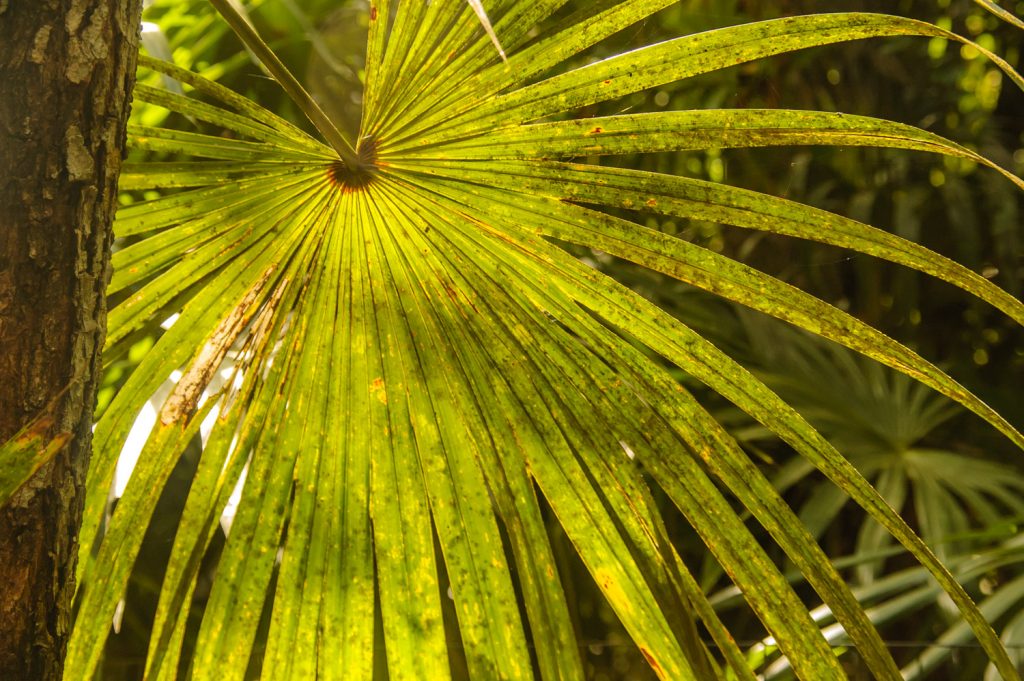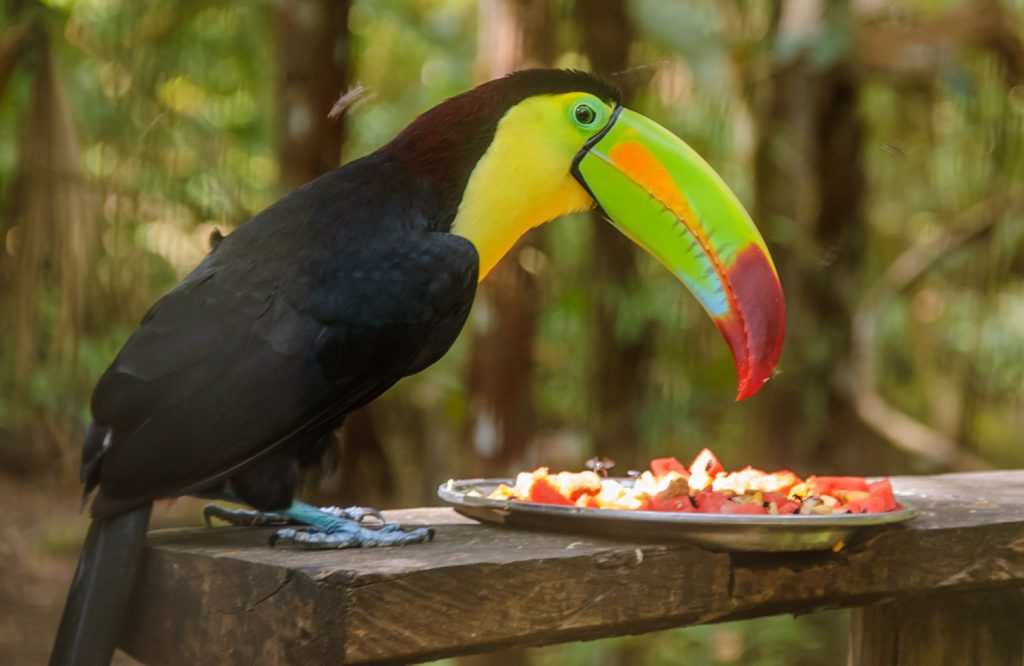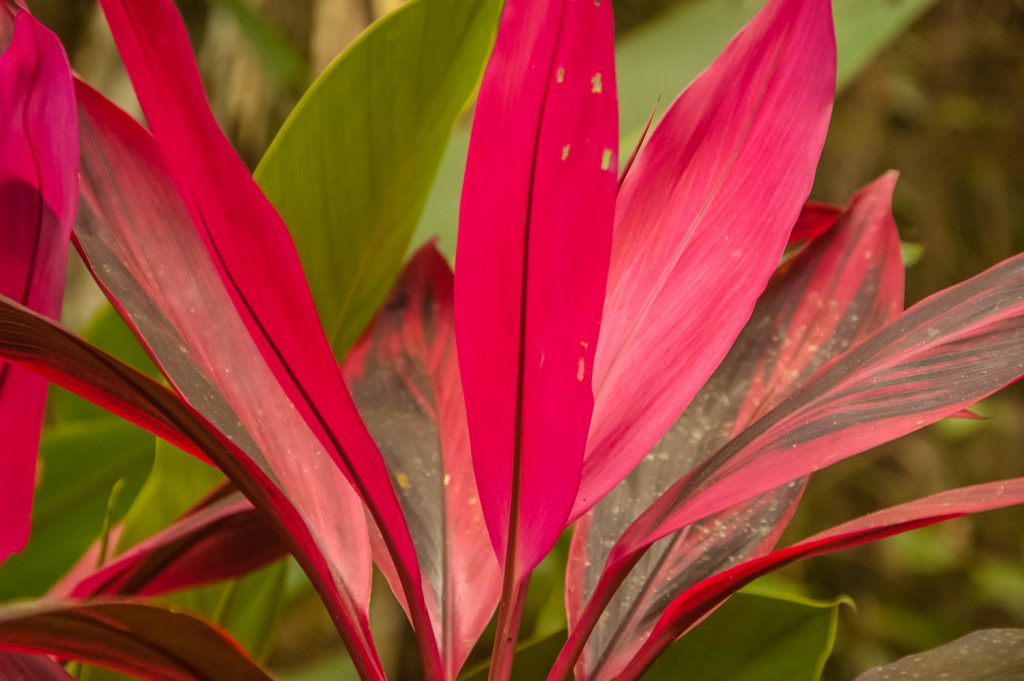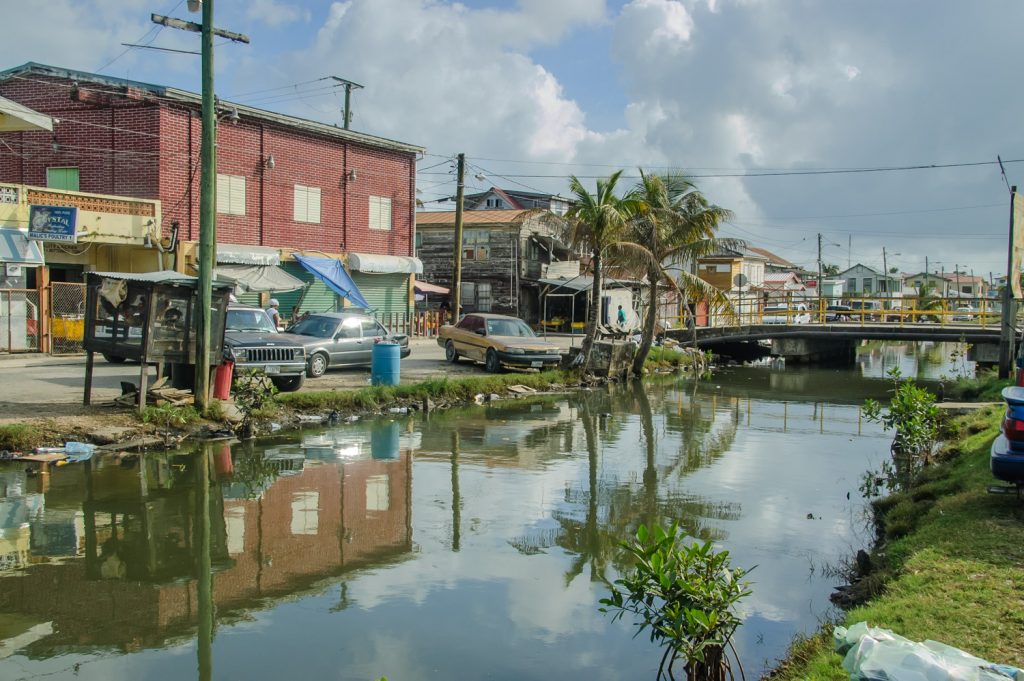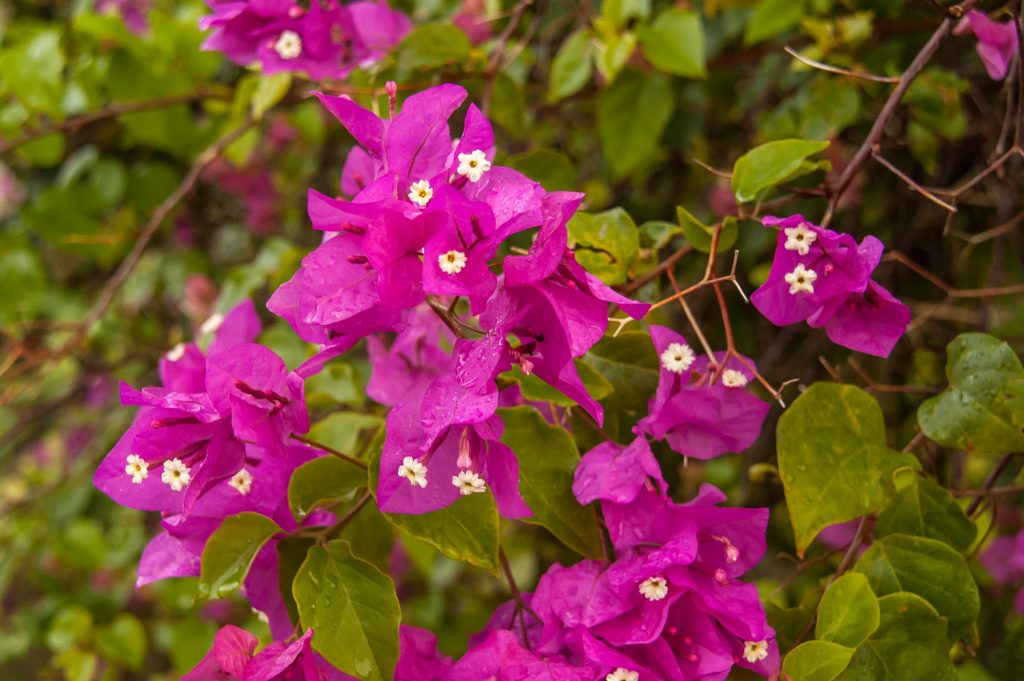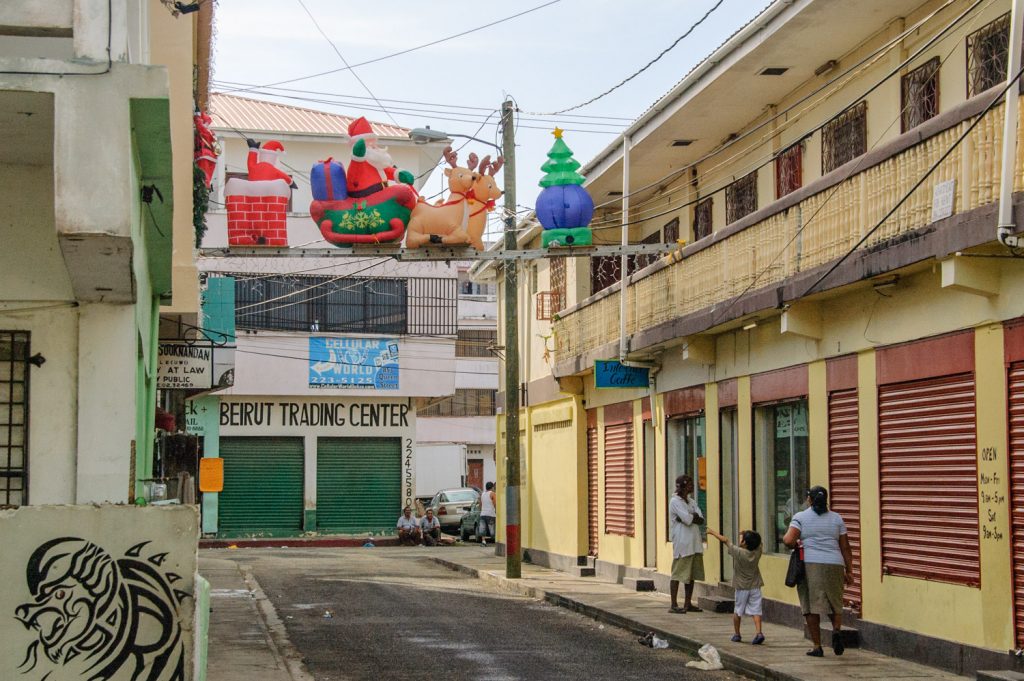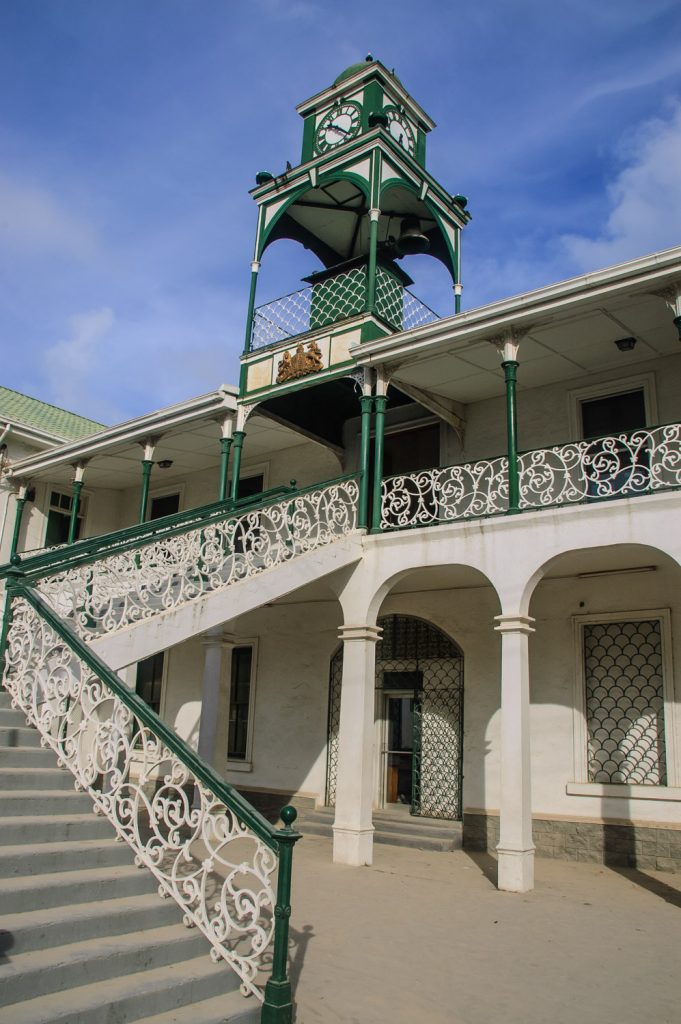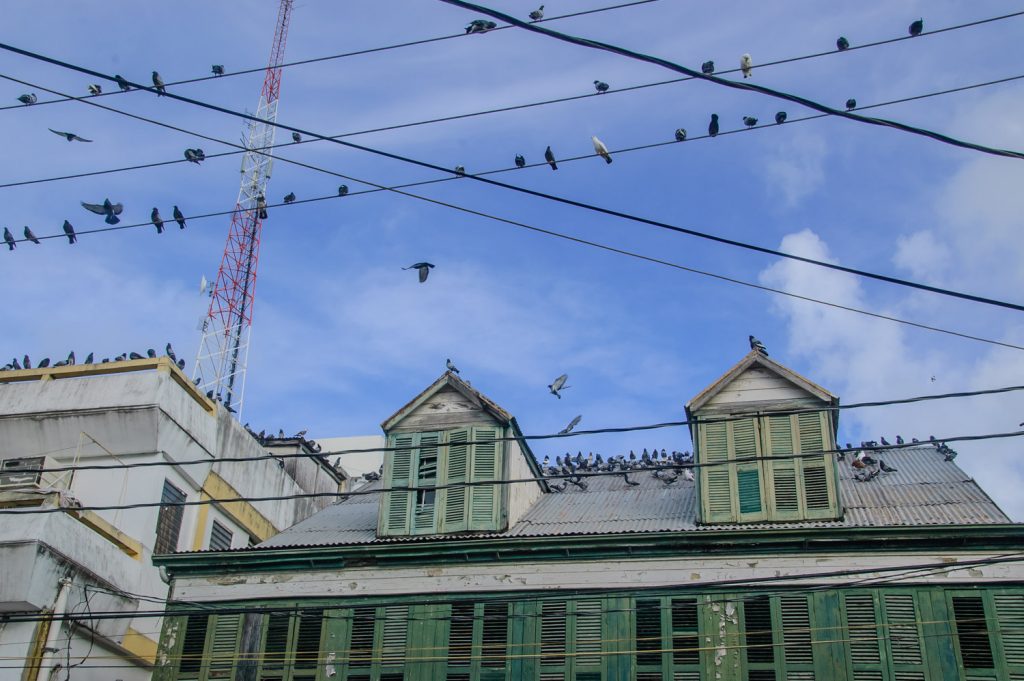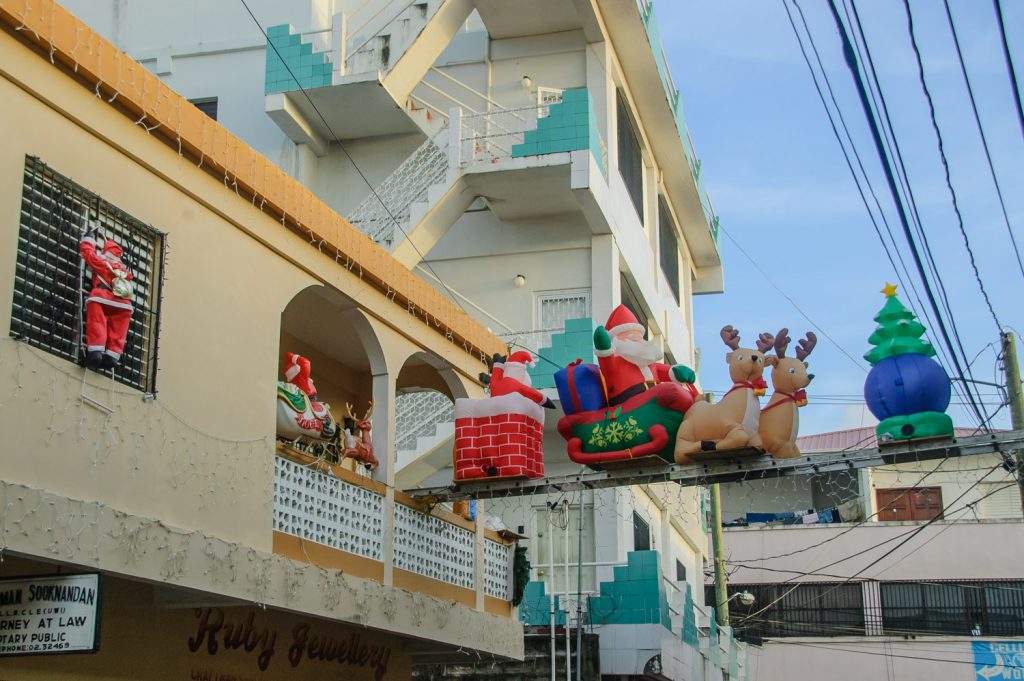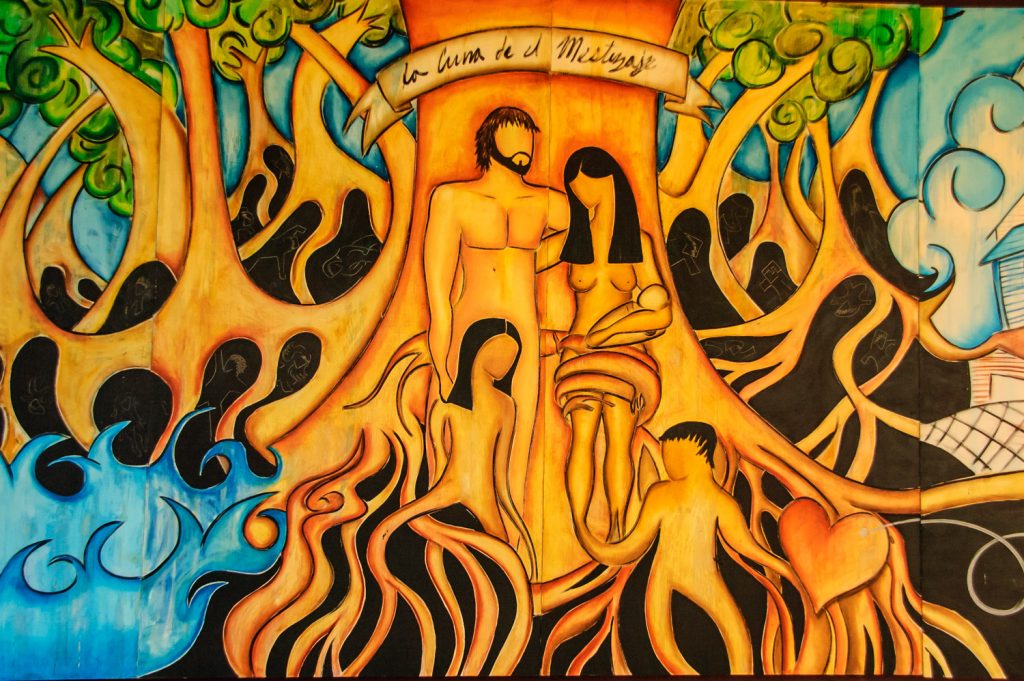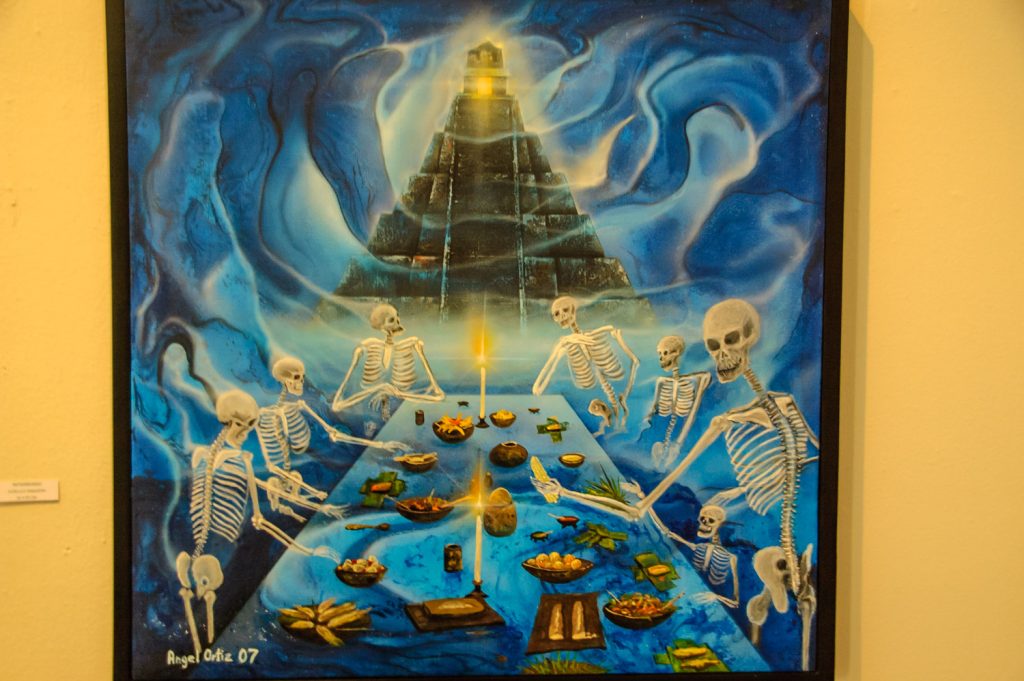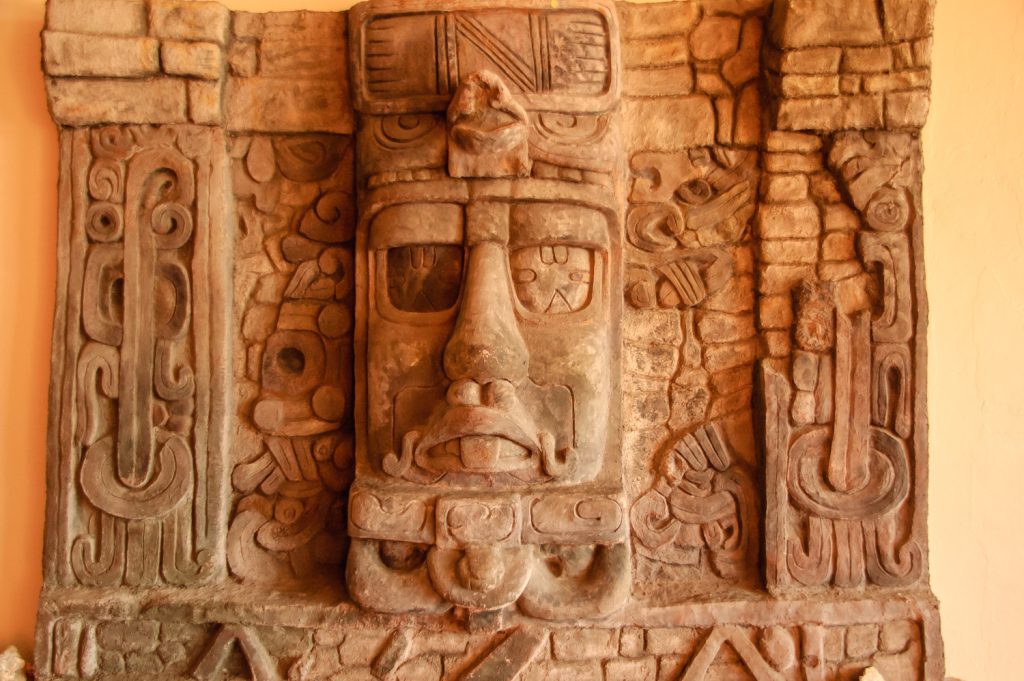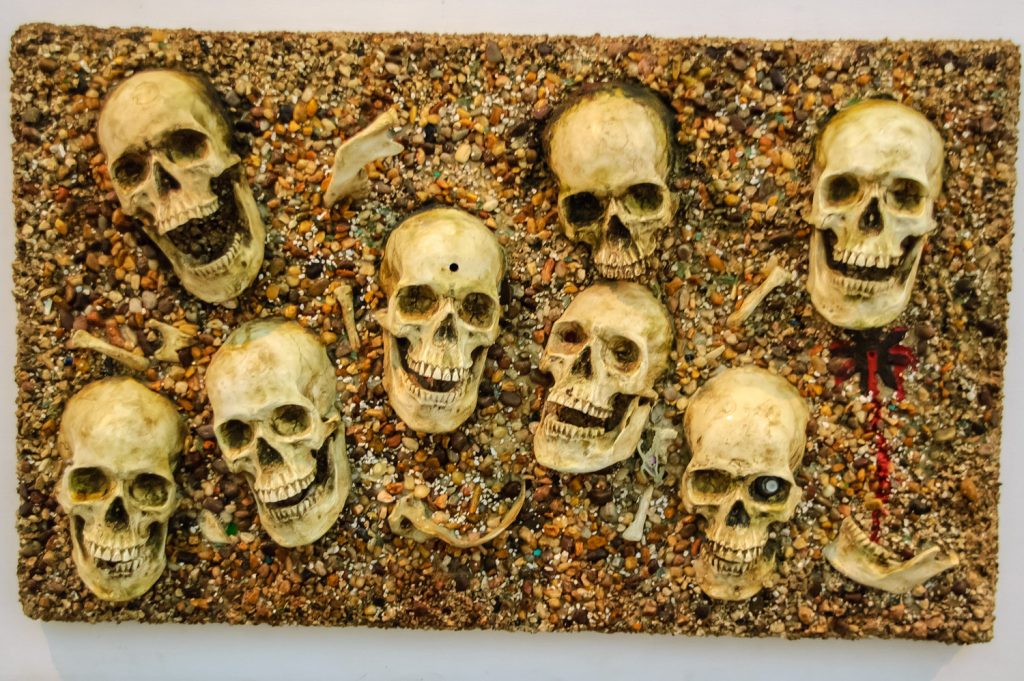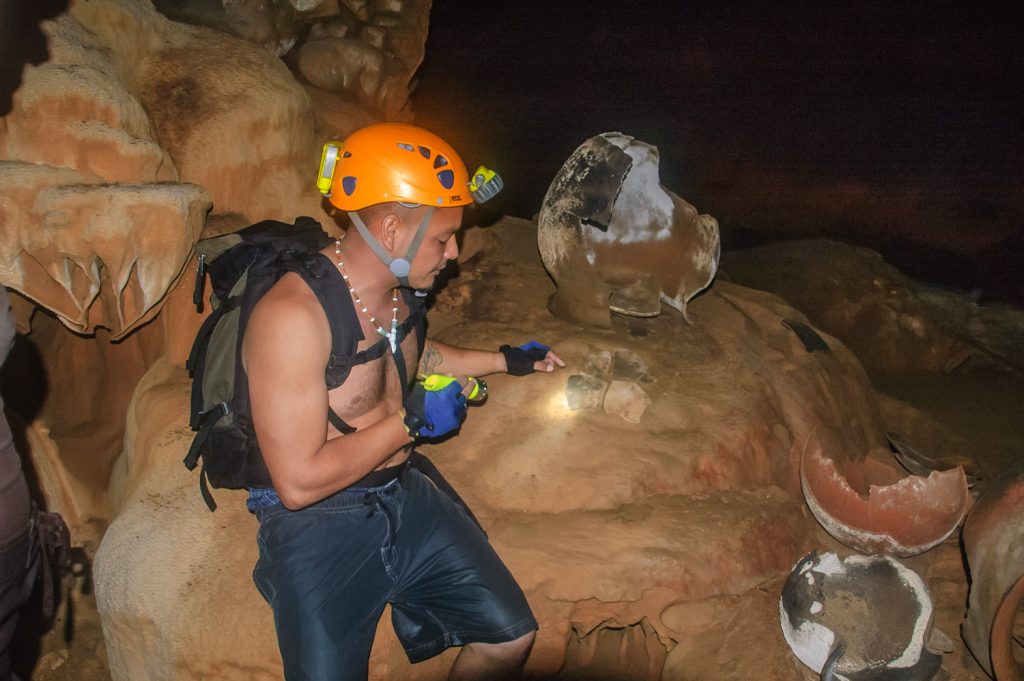
It’s sometimes said that Belize is like a cross between Jacques Cousteau and Indiana Jones. If Thursday was my Jacques Cousteau day, today was my Indiana Jones day.
I was up early to take the famous Actun Tunichil Muknal (ATM) tour, a journey through a network of caves extending kilometres into the mountain to the Mayan underworld. It was here that gods lived and human sacrifices took place. The Belize government maintains strict control over who can visit this site because you are literally stepping over artifacts more than 1000 years old. Only a limited number of specially trained guides can conduct the tour, and groups are limited to eight in number. For this reason the tour is not an option for the many cruise ship tourists who visit Belize.
I was put in with a group of a German couple and some Americans. Several other groups were going at similar times and numbers had to be controlled so there wouldn’t be too many people in one area at a time. Our guide, Emile, was obviously of Mayan ancestry, but jumped back and forth between English, Creole, and Spanish. He’s an experienced caver, who once spent a week underground exploring a massive cave network.
It was a bit of a drive out of town along the main highway. Then we turned off to follow a rough dirt road through farmlands with grazing cattle and orange groves. At last we stopped and left in the van the second pair of dry clothing we had been instructed to bring. We set off taking only our lunches, cameras, and helmets. We were prepared to get very wet, and the guide carried a dry bag to transport our cameras through the wetter areas. It was now a 40-minute hike on a fairly easy jungle trail, and the only difficulty was having to wade across a river three times on loose stones, sometimes in water up to our crotches.
At last, at the large cave entrance, we had to swim wearing our clothes and shoes through deep river water for about 40 feet into the cave. From there we had to hike, often wading through water, and climbing over stones, in darkness lit only by our helmet lamps. We followed Emile, calling out any hazards to the people behind us down the line — sudden drops, sharp rocks, or which side to walk on. In a number of places we had to swim or wade, and then emerging soaking wet, had to climb up and down rocks. It was quite strenuous.
The cave formations were quite impressive. Stalactites, some hanging like curtains, or even like dreadlocks; stalagmites, columns, and other interesting formations marked the way. We were warned not to touch them so as not to cause damage, and also because some formations are quite sharp. The guide pointed out various places where Mayan rituals took place, and where artifacts have been found. As he shone his flashlight, bats that were disturbed by the light began to fly around.
Apparently the Mayans believed that their gods lived in these caves, and in times of drought or other natural disasters they brought offerings into the caves — large urns of corn, chicha (corn beer), and sometimes human beings. Our guide explained that sometimes even kings would pierce their penises, or queens would pierce their tongues, to offer blood to the gods in order to appease them.
At last the cave narrowed, and we were instructed to climb up the rocks, very carefully, hand over hand and foot over foot to a ledge about 30 feet upwards. From now on up it would be a dry walk, and so we could carry our own cameras. We were also told to remove our shoes and walk only in socks, leaving our shoes behind. This is to protect the delicate floor of the cave. The socks are necessary because the oils in feet can also do damage.
Quite often right beside the trail we would see fragments of clay pottery and other artifacts. The areas where these were are simply marked off with orange tape. Our guide monitored our steps to make sure nobody stepped over the orange tape. It would be very easy to take one accidental step off the trail and crush a 1500-year-old pot. Suddenly, among the pots at the side of the trail we saw a human skull sticking from the ground. It was here that our guide told us about the human sacrifices, speculating about whether the victims would have known their fates as they were led into the caves and the world of the gods.
At last we climbed a long metal ladder up into a small cave leading off the main one. At the end of that cave was the skeleton of a young woman, believed to be about 17 or 18 and with features suggesting she may have been royalty. Like the pots left behind, her body had also been smashed in places, her hands amputated, and her vertebrae smashed.
This was as far as we could go and we now begin the journey back. We were all exhausted when we finally emerged from the cave and returned to where we had left our lunches.
This excursion was fascinating and fun, and is an experience I’ll remember as long I live.
Back in town I went for dinner at a Sri Lankan restaurant and had a very spicy curry washed down with Belikin, Belize beer. The man who runs the restaurant is from Colombo. It was one of those combinations you would only see in Belize — a Sri Lankan restaurant decorated with Christmas ornaments in a Belizean looking setting with Belizean waiters.
Tomorrow I plan to cross the border into Guatemala and head to the ancient Mayan city of Tikal.
